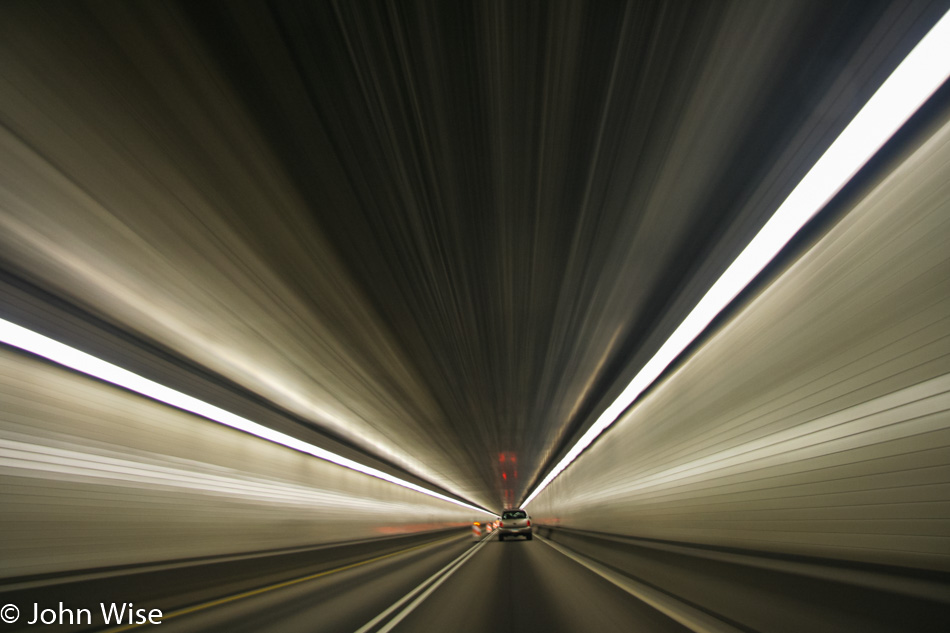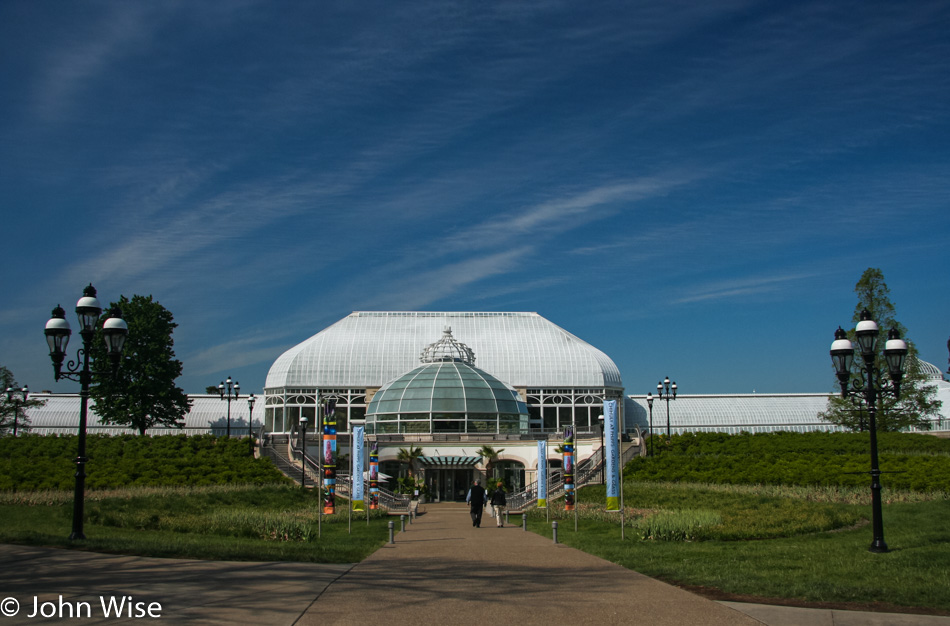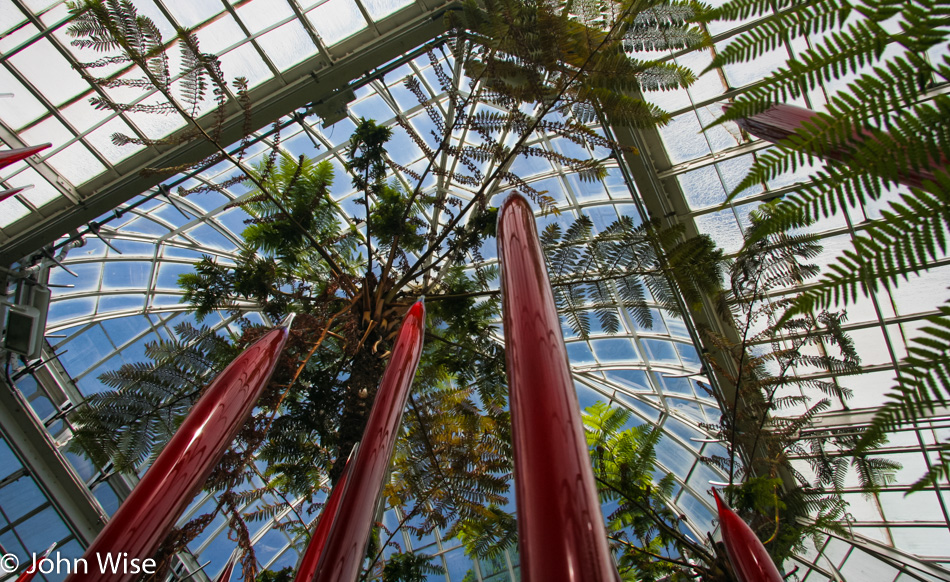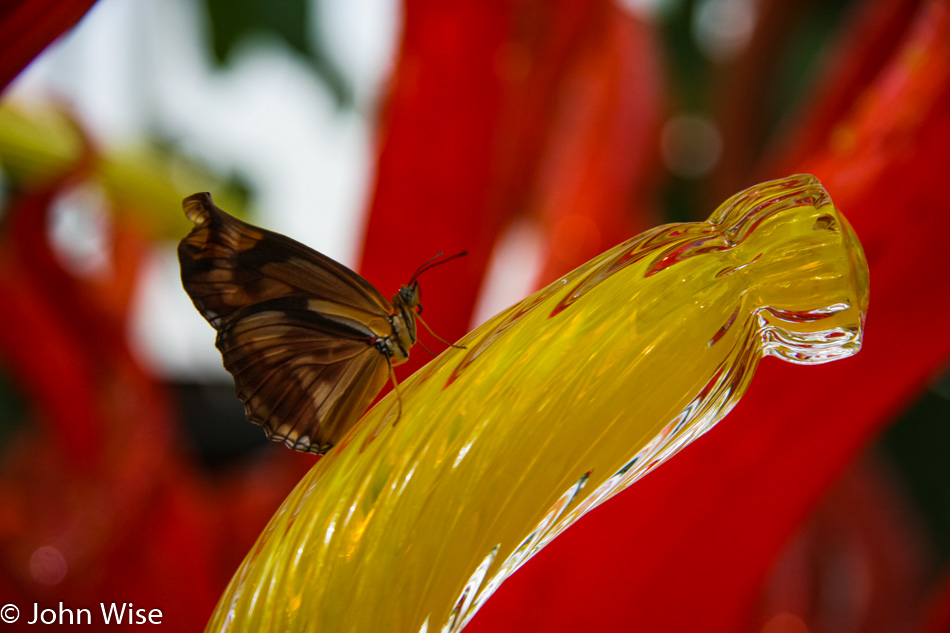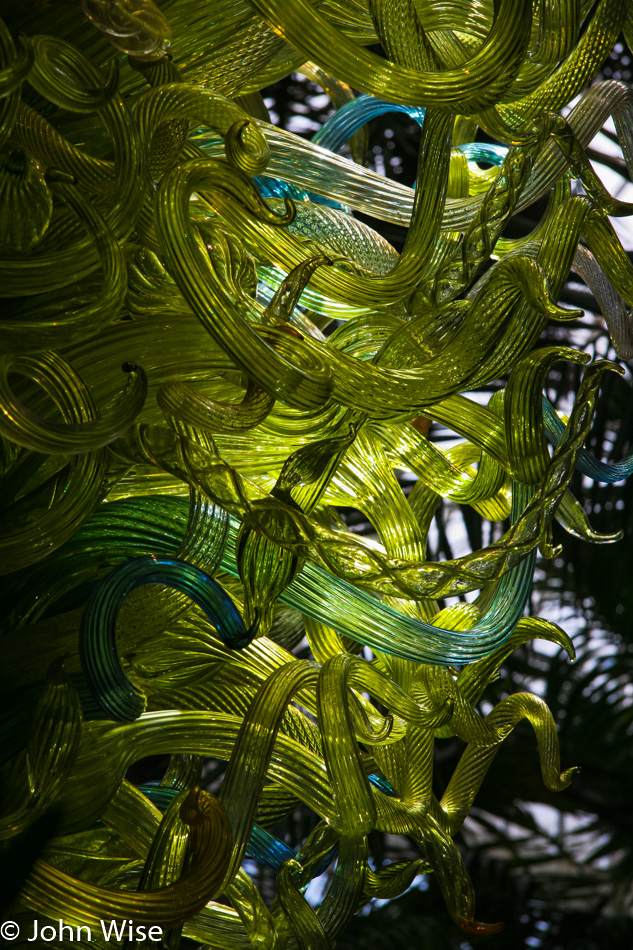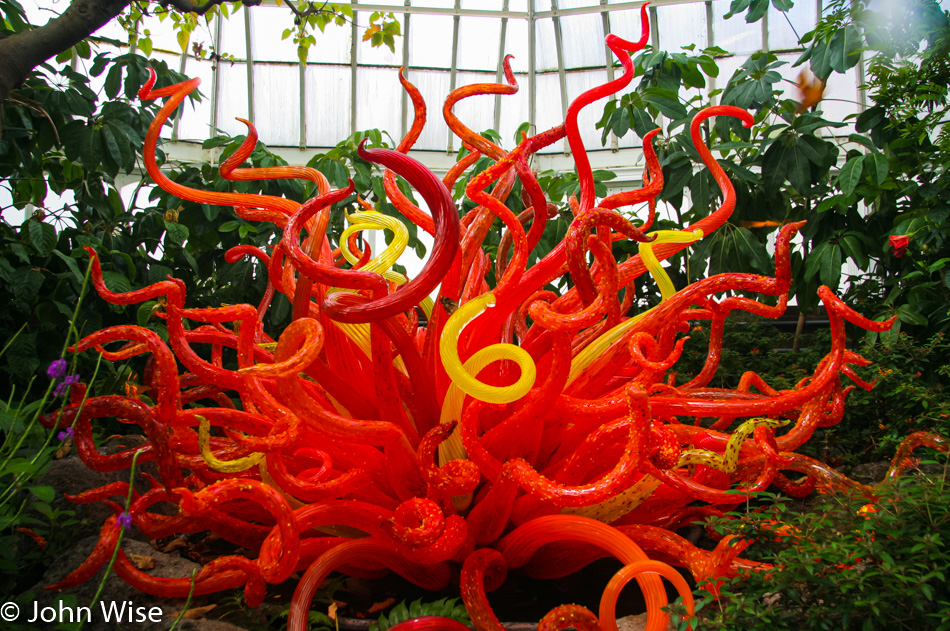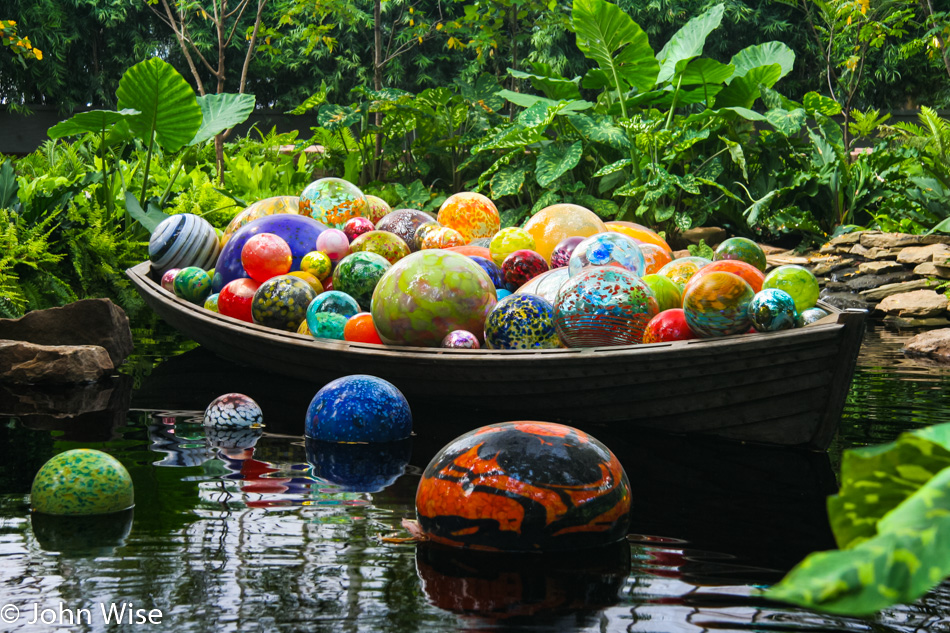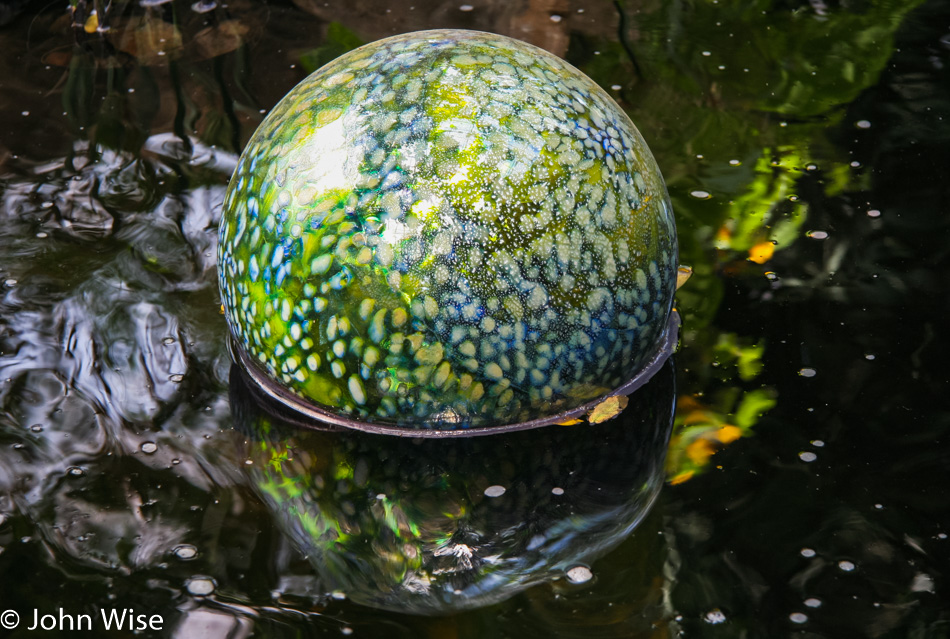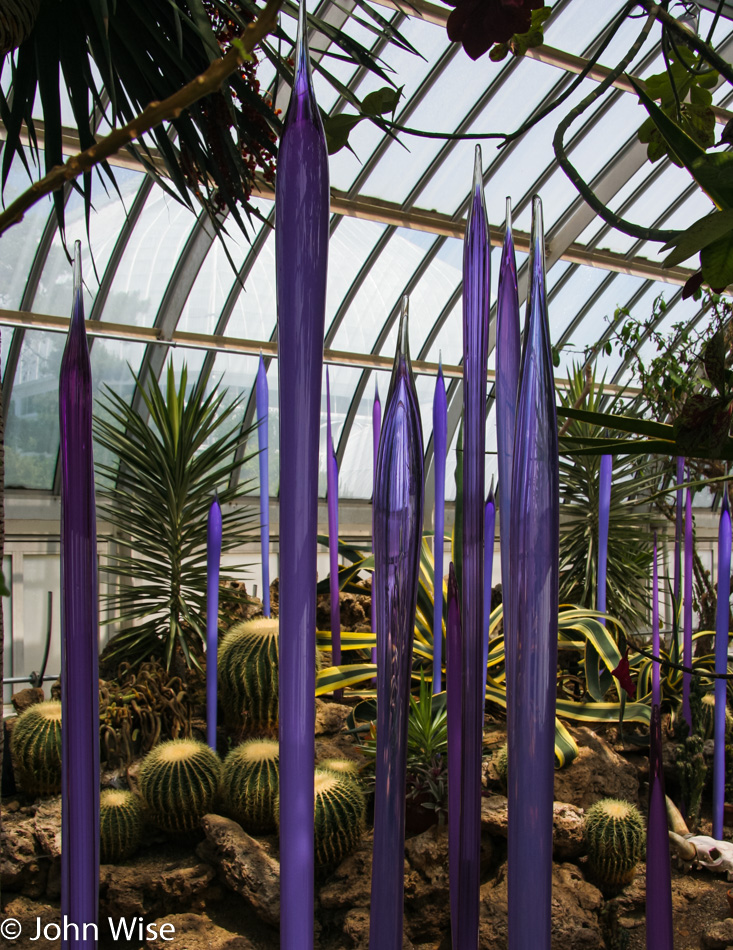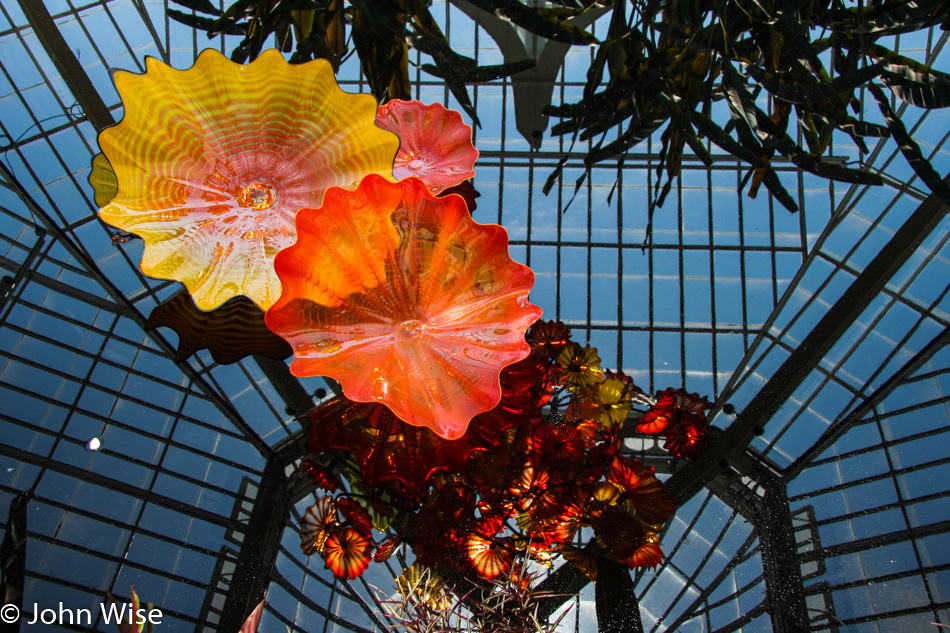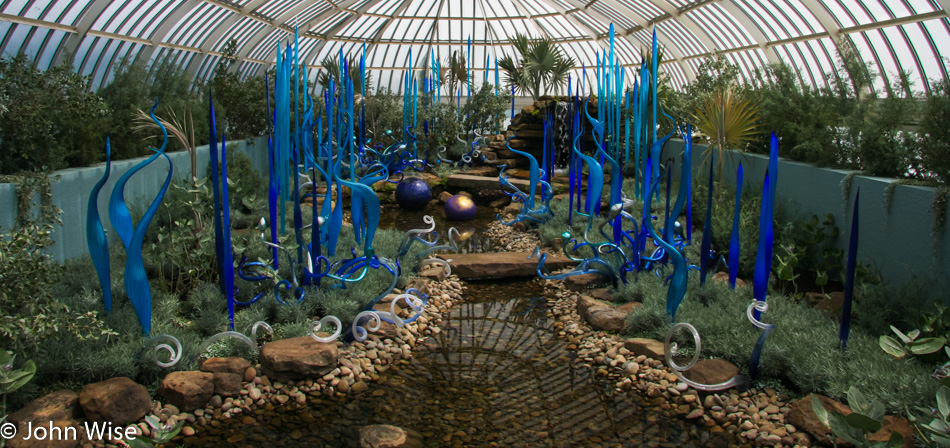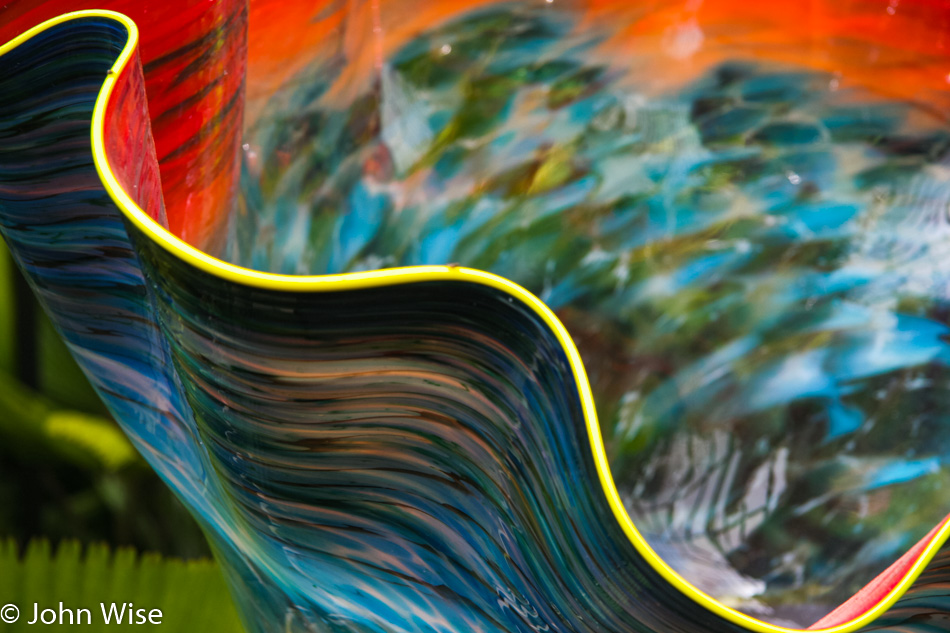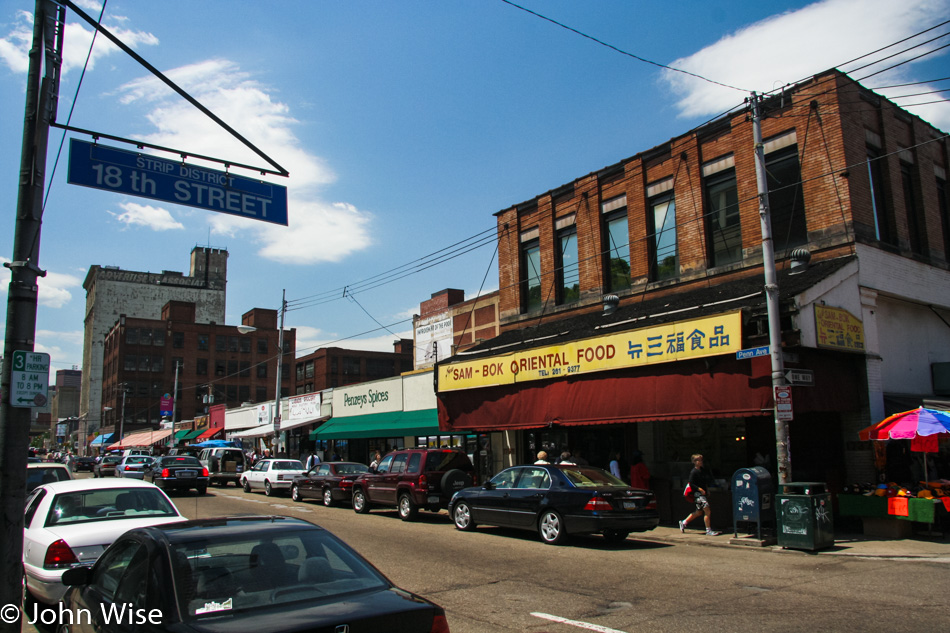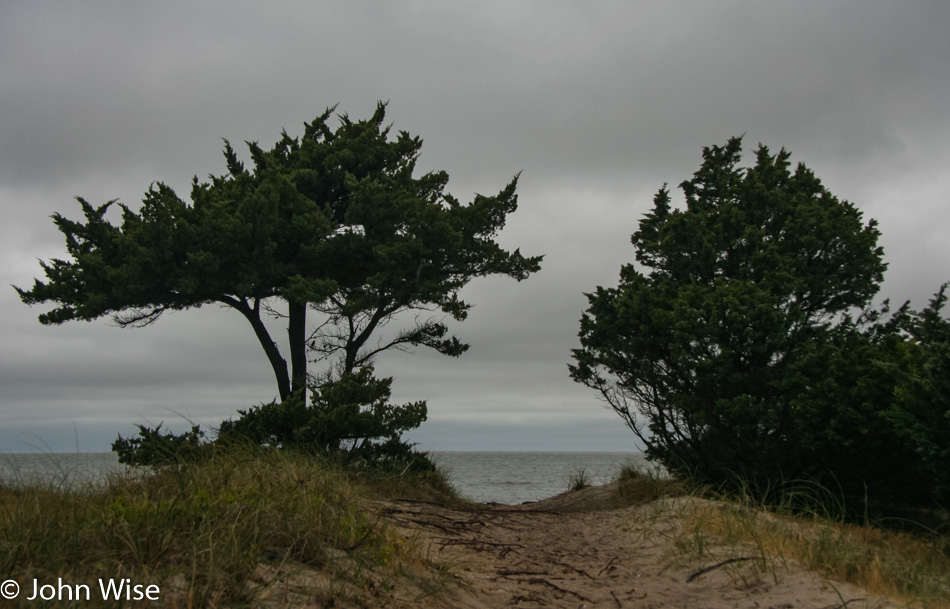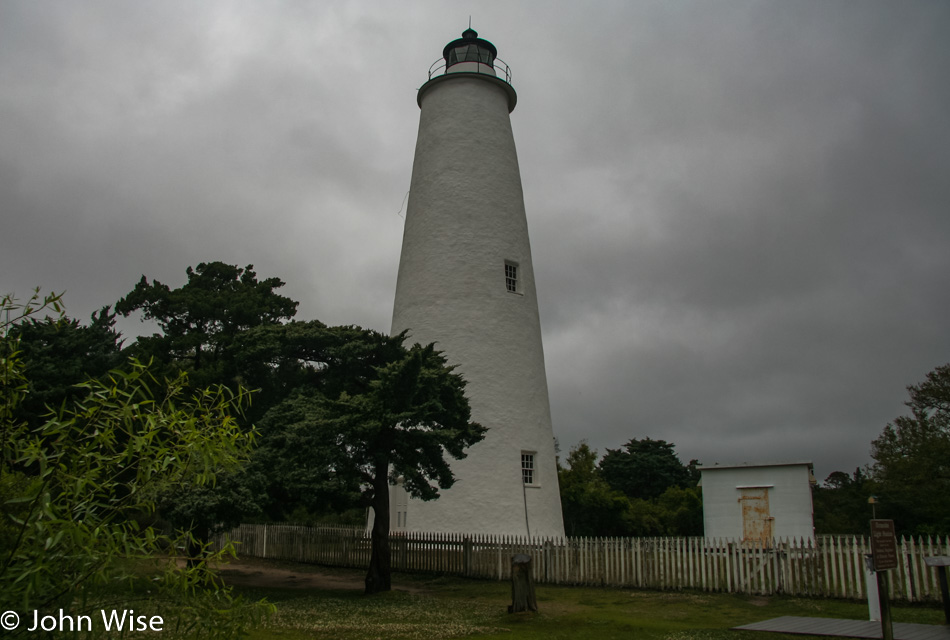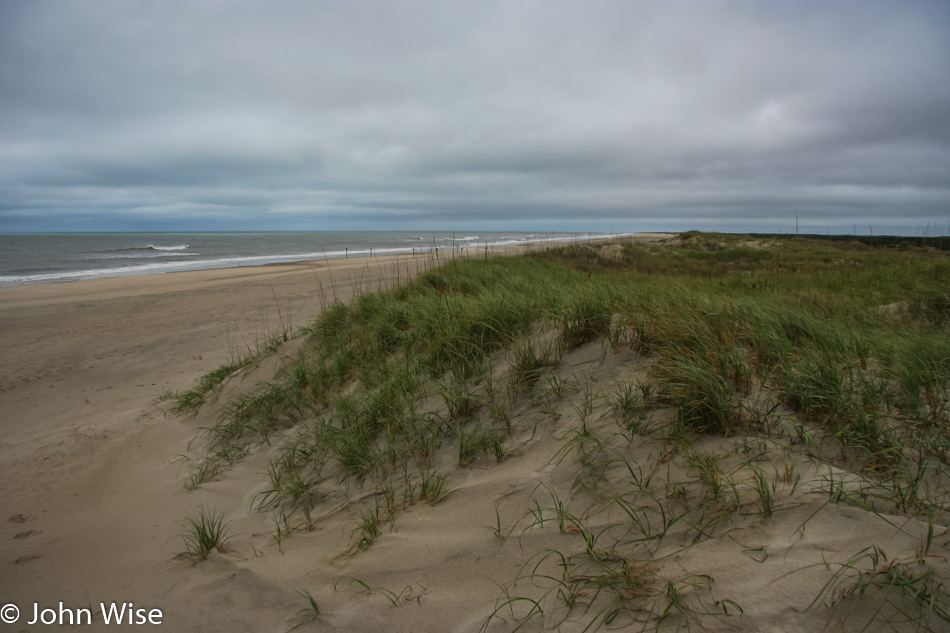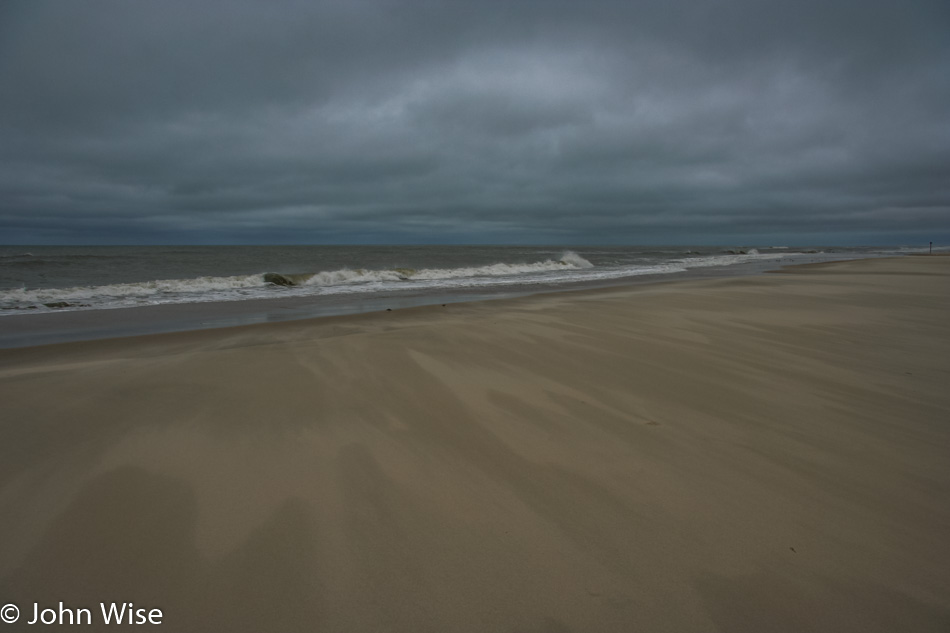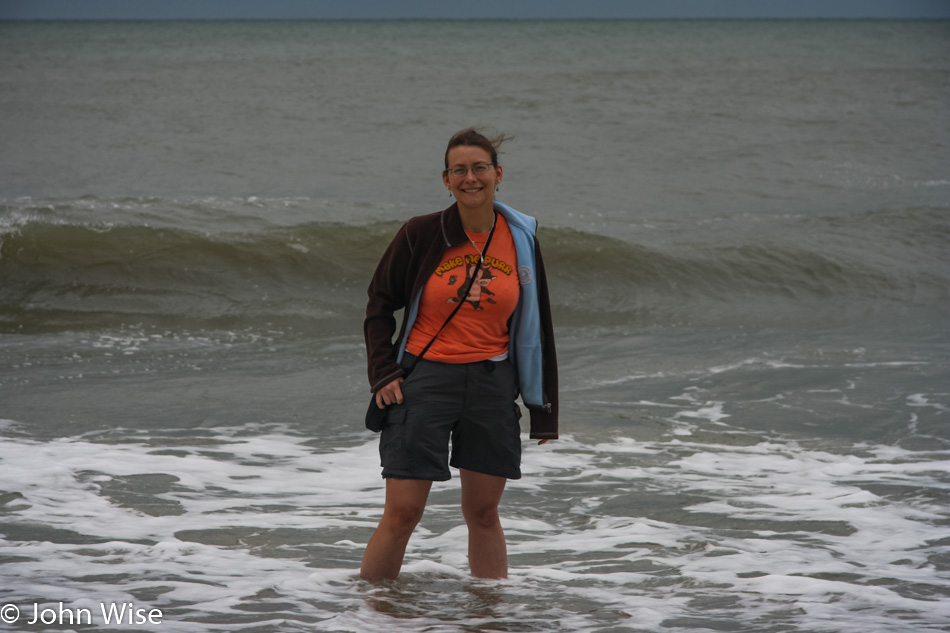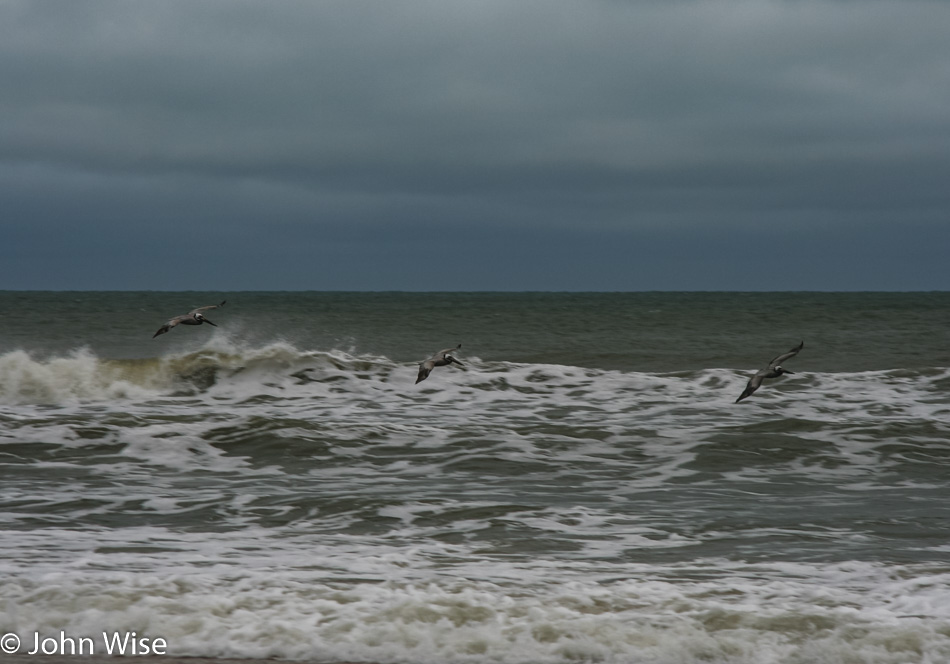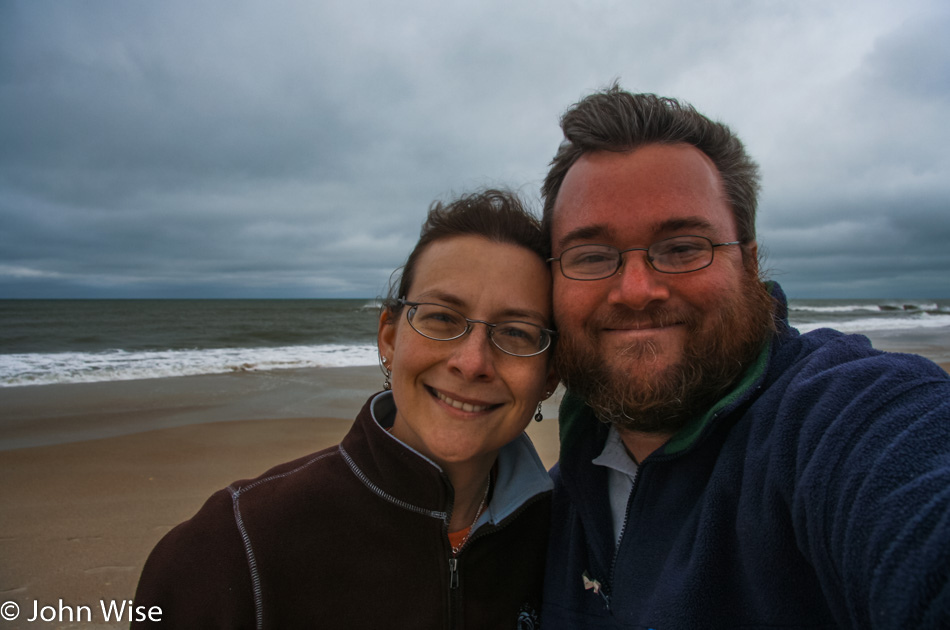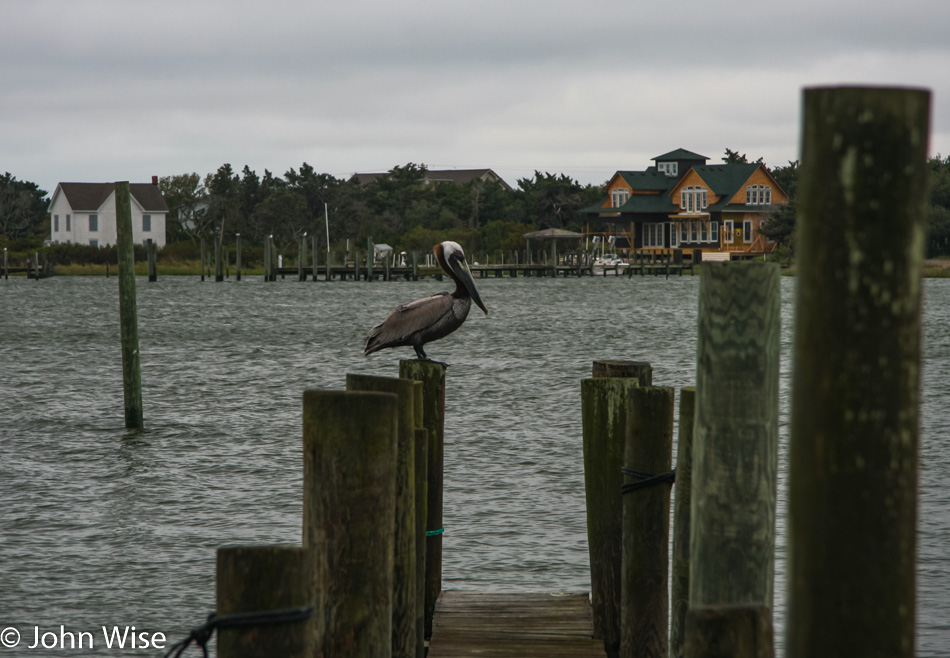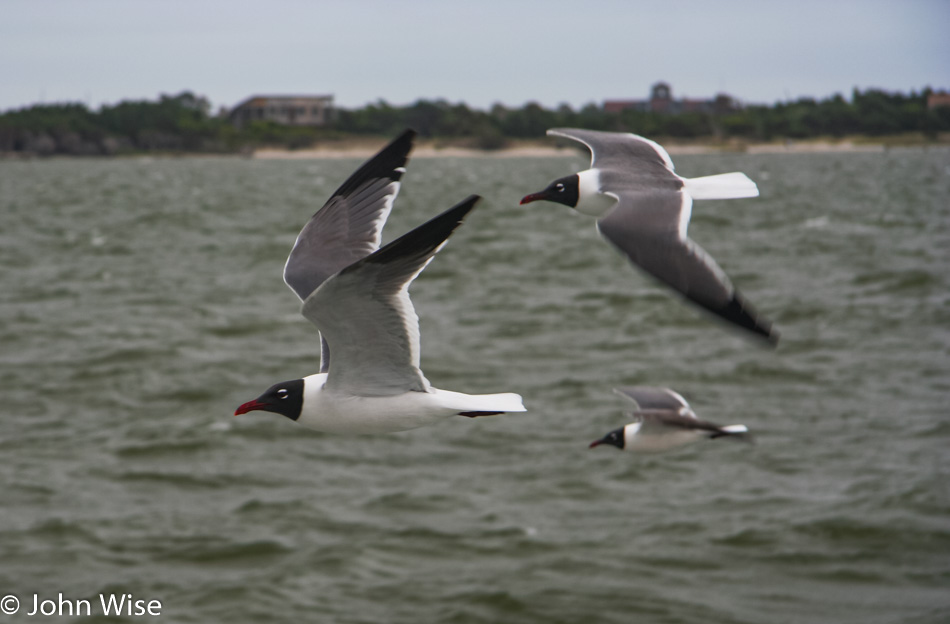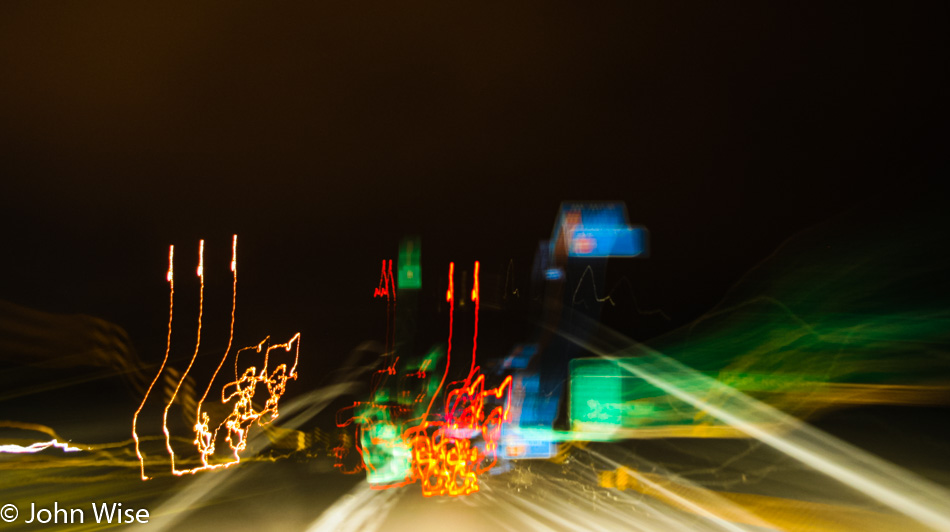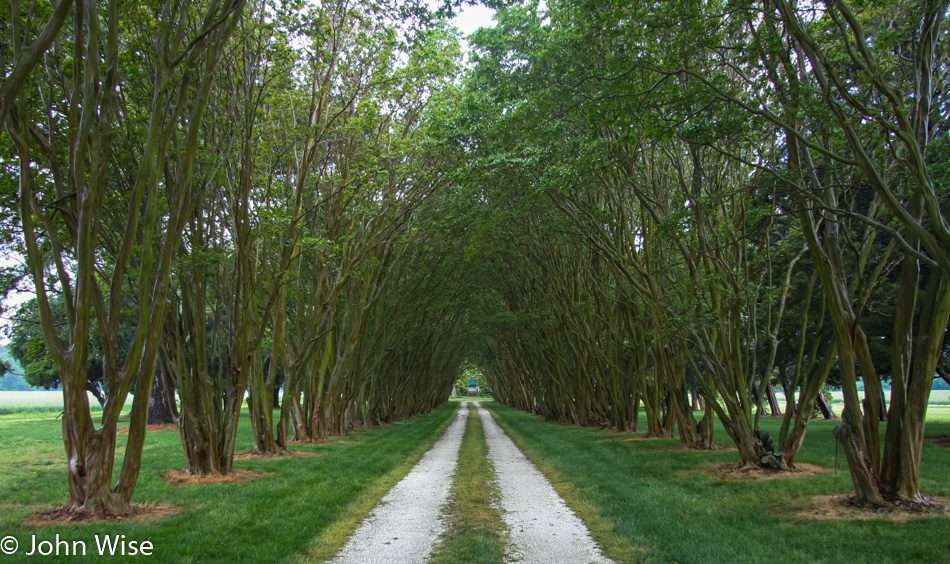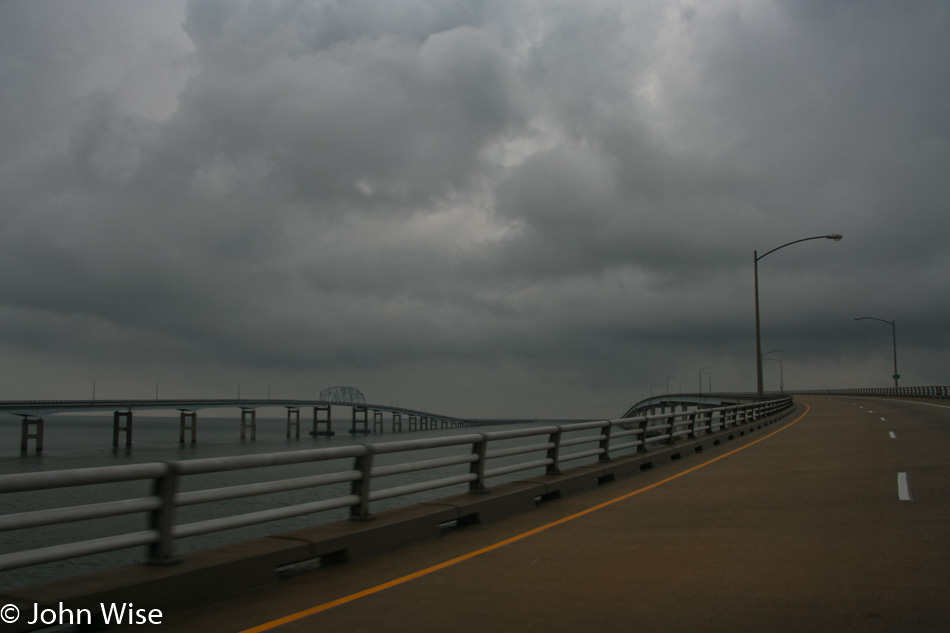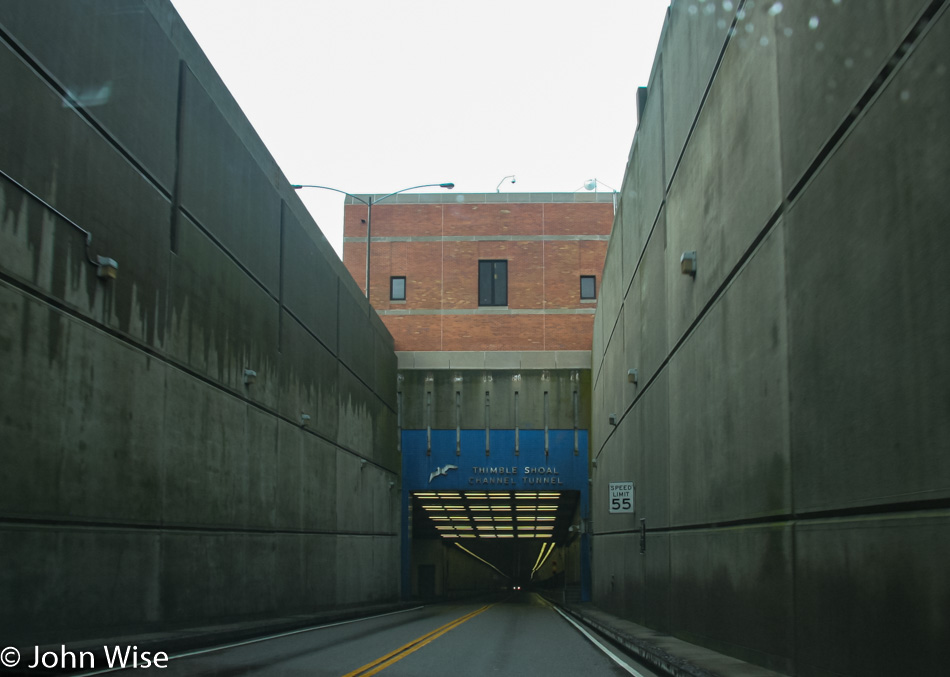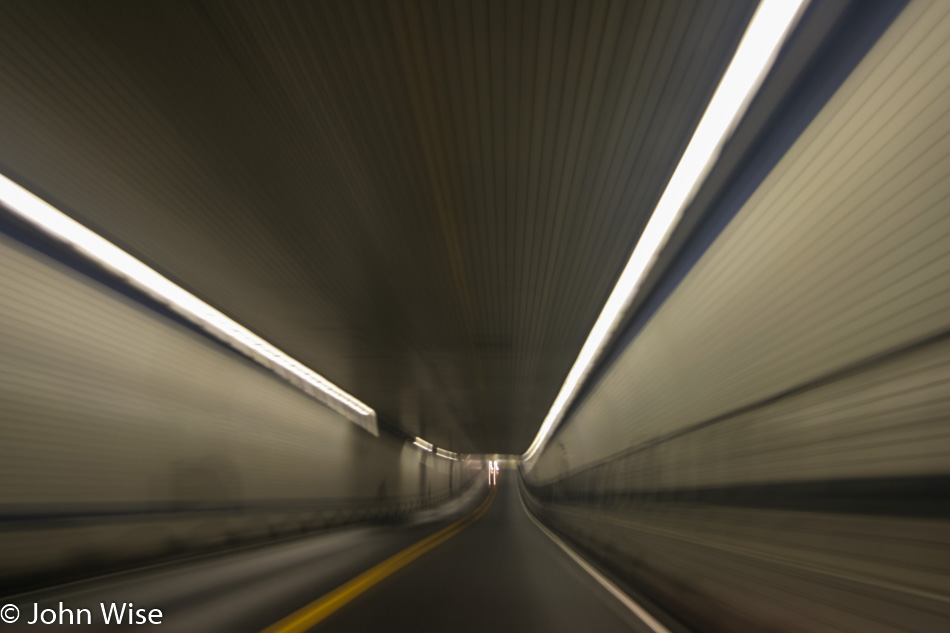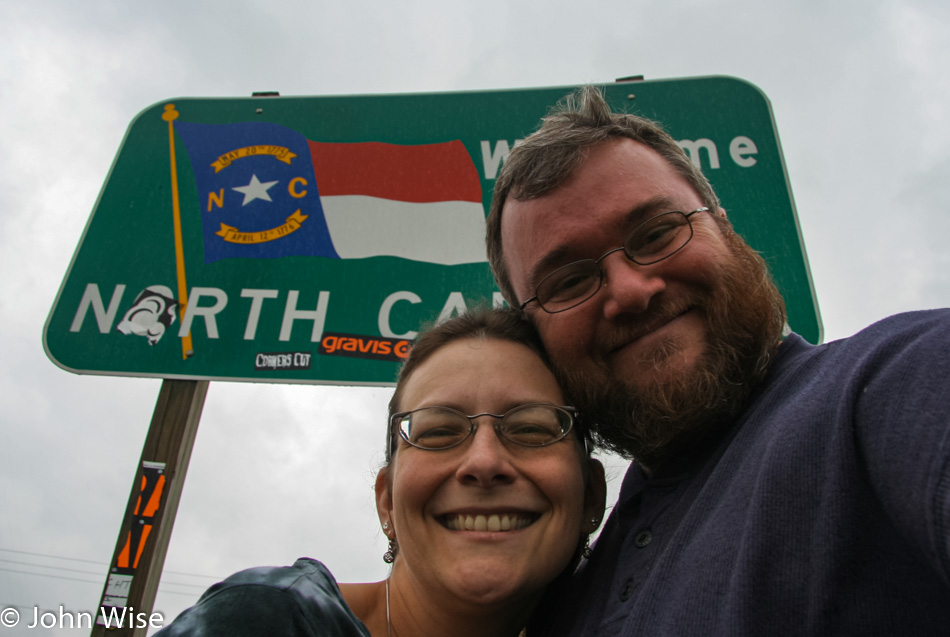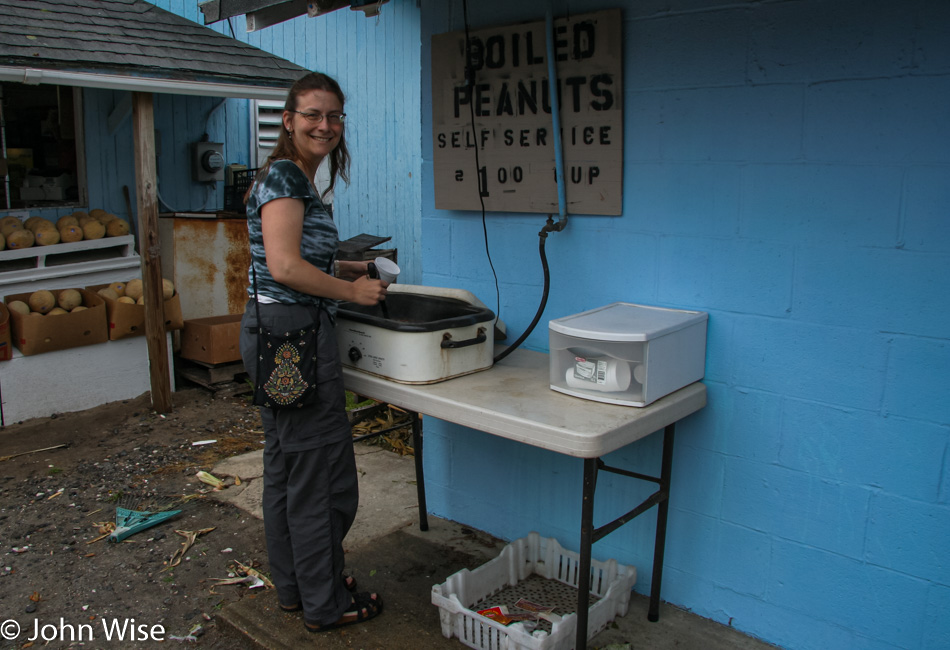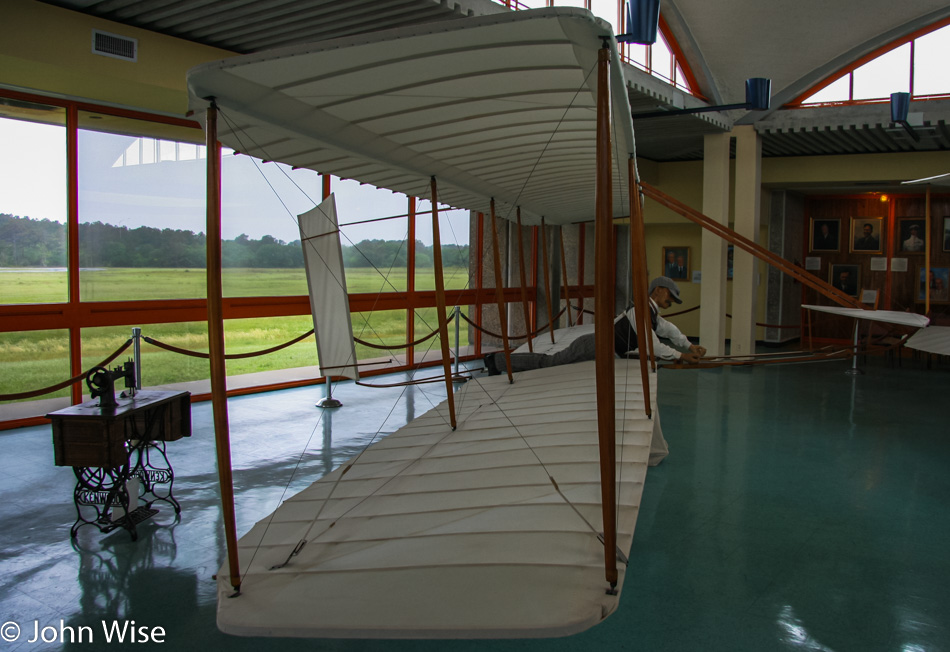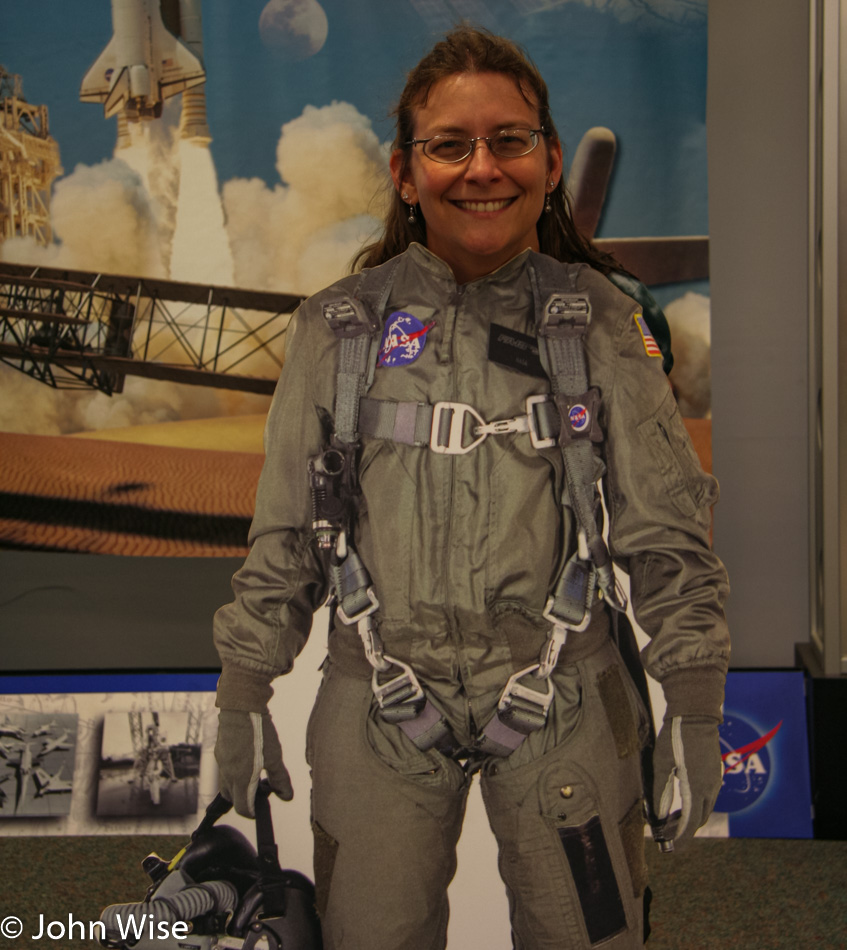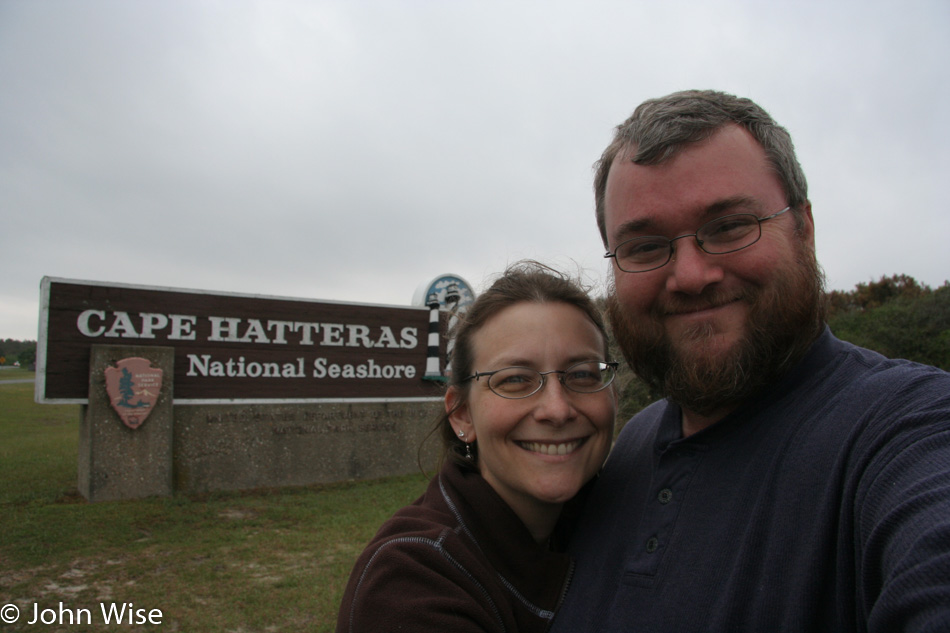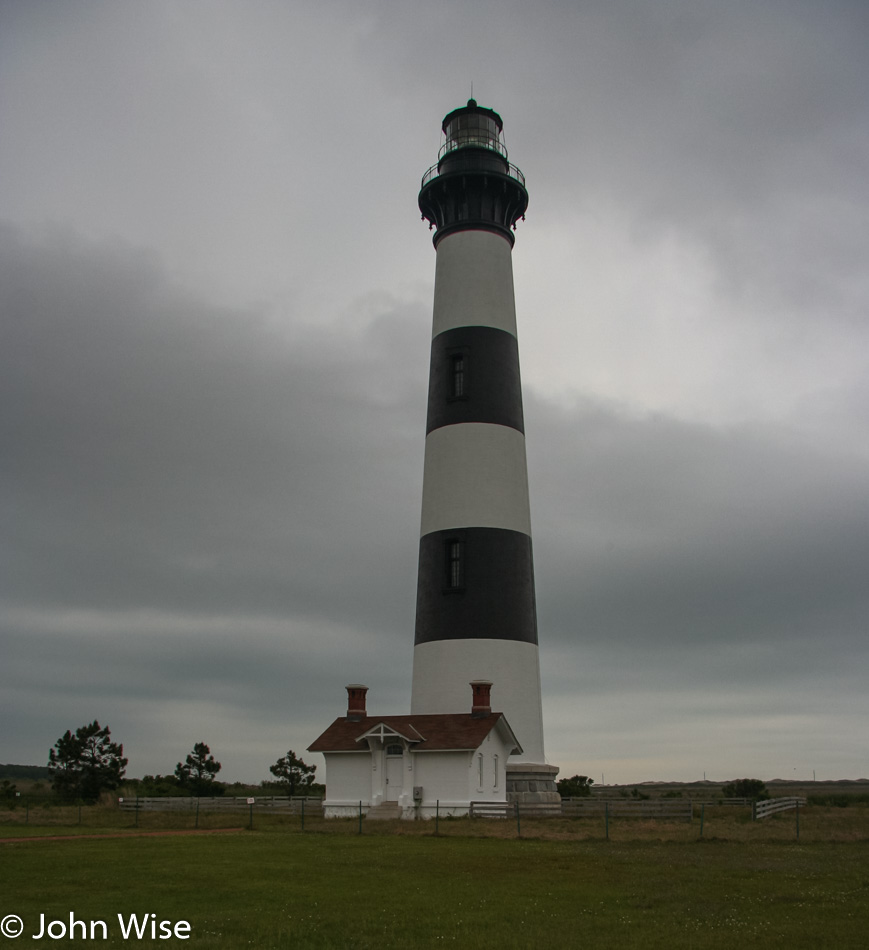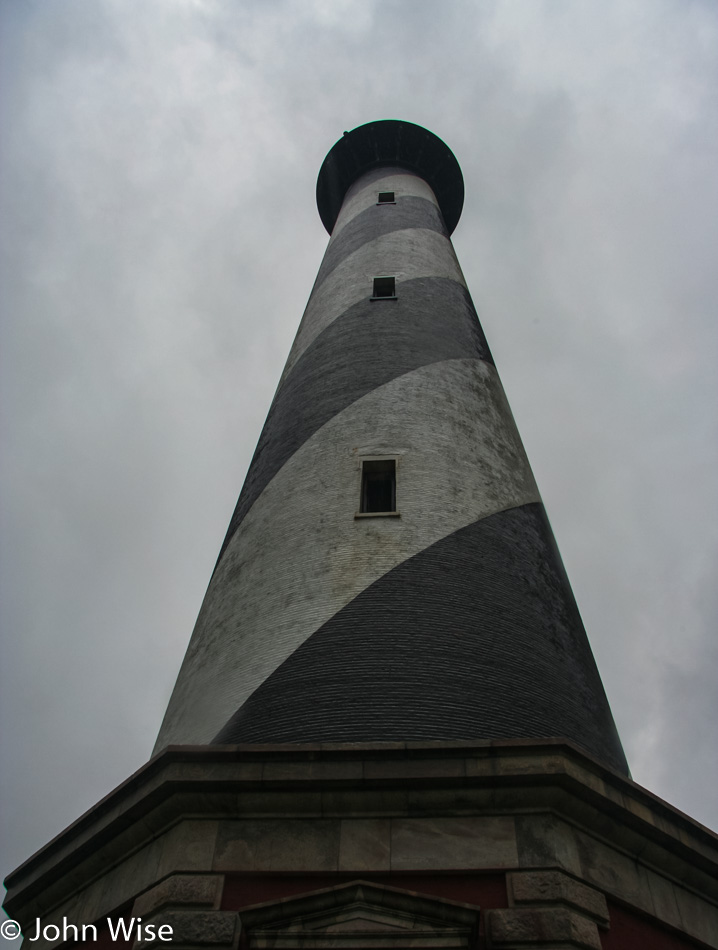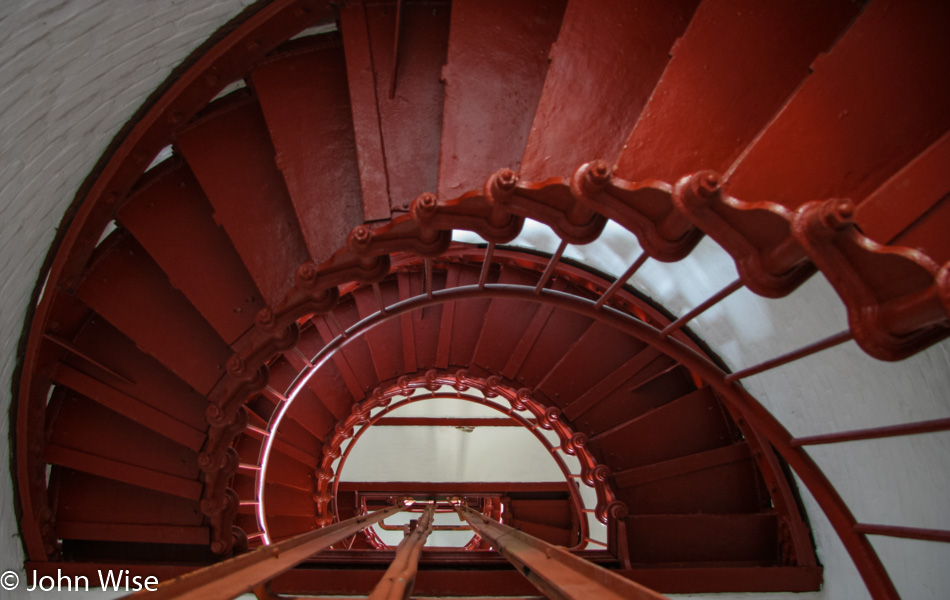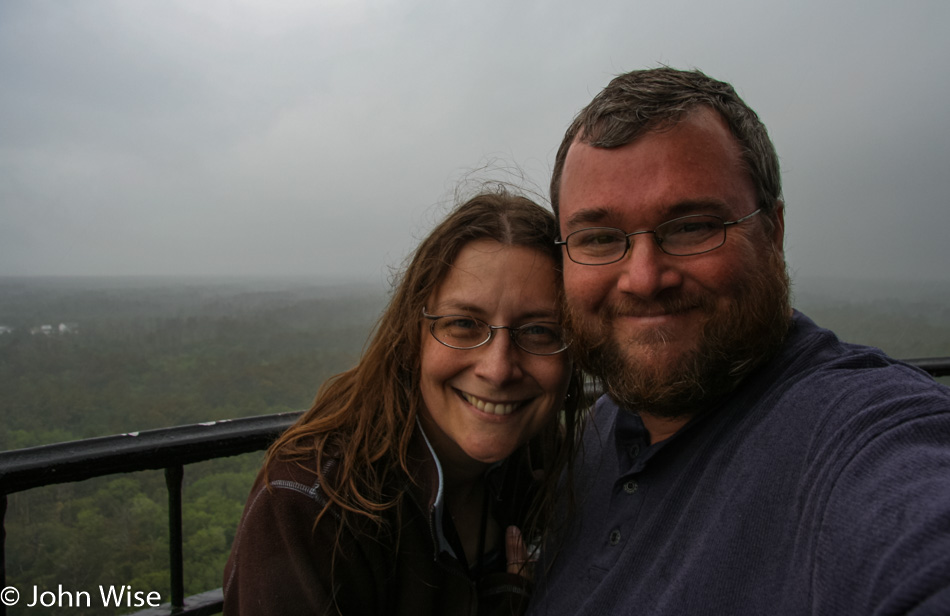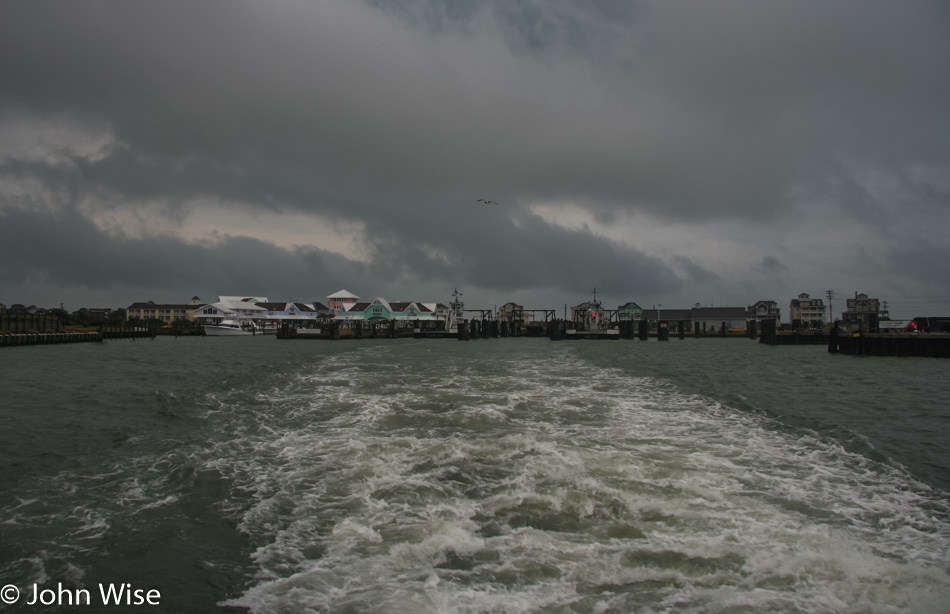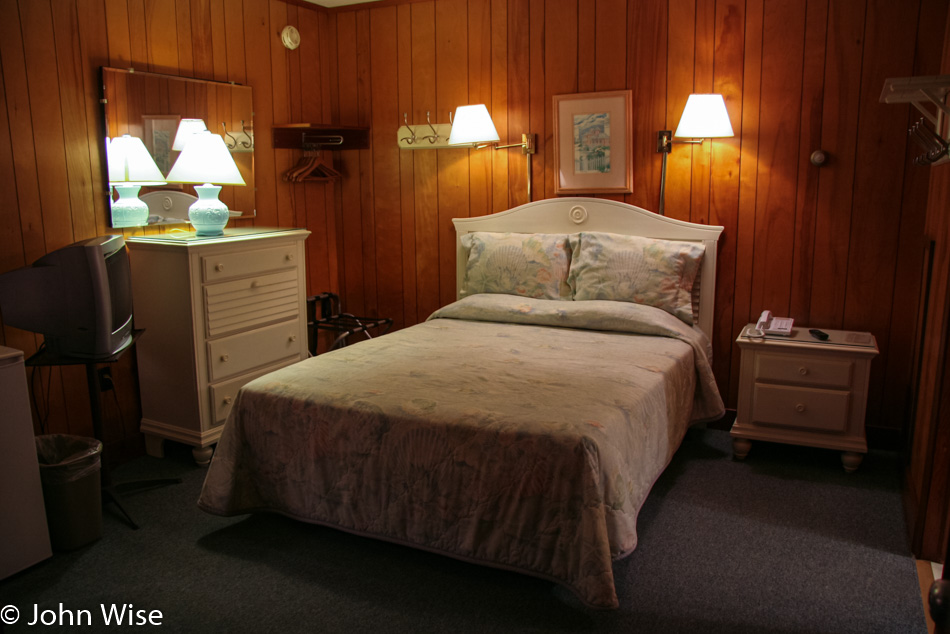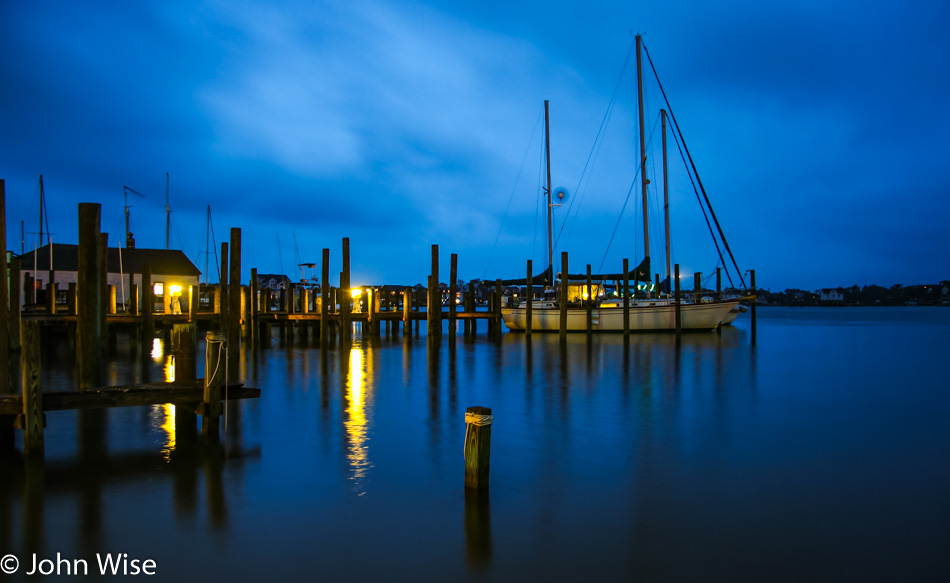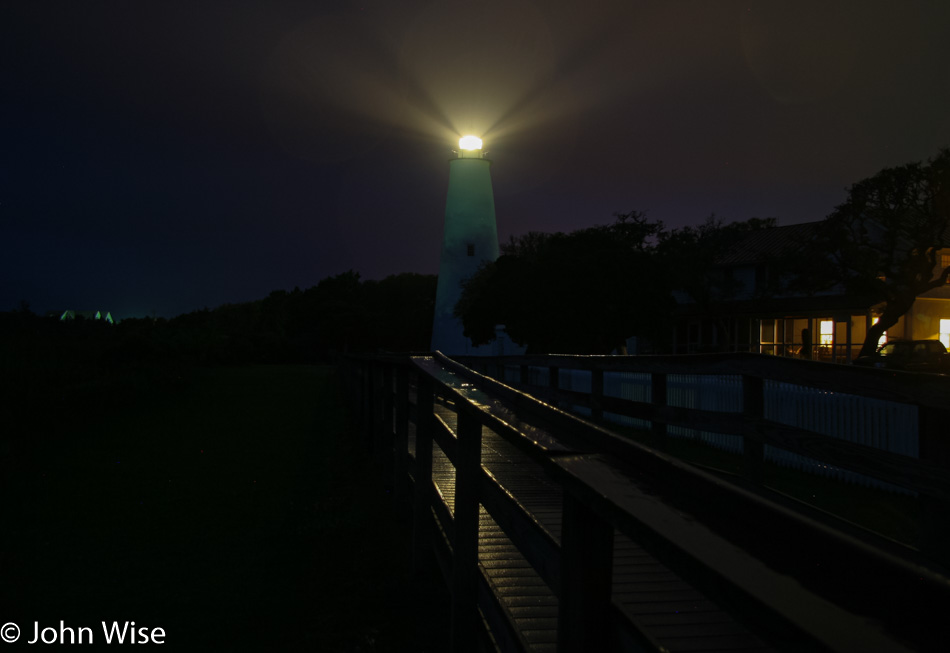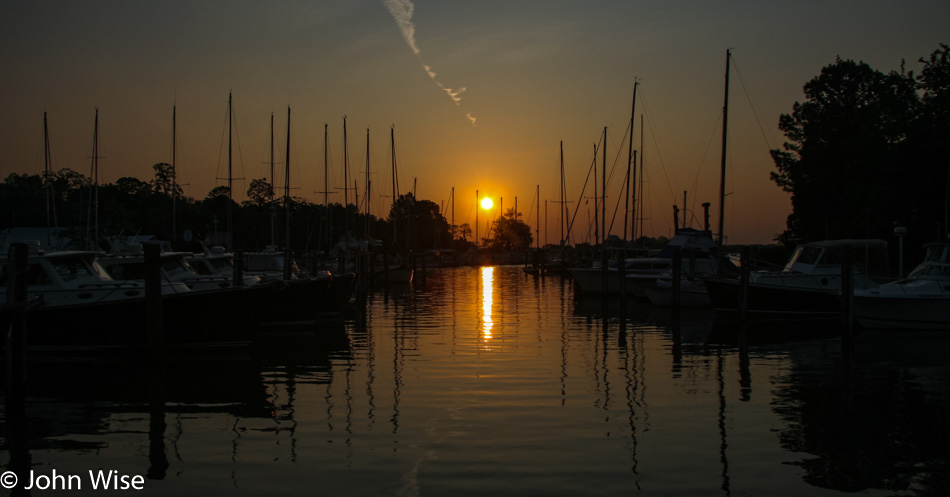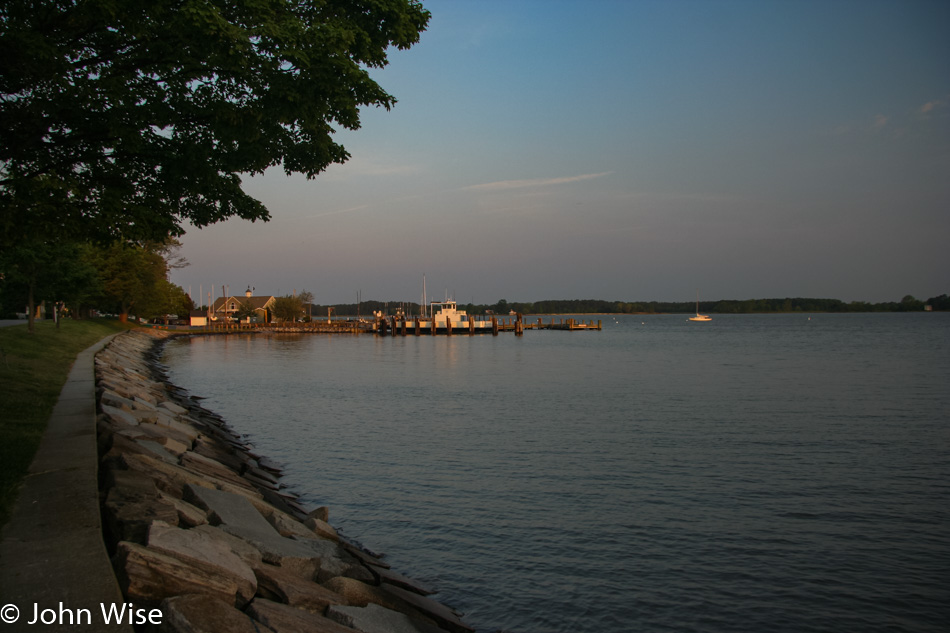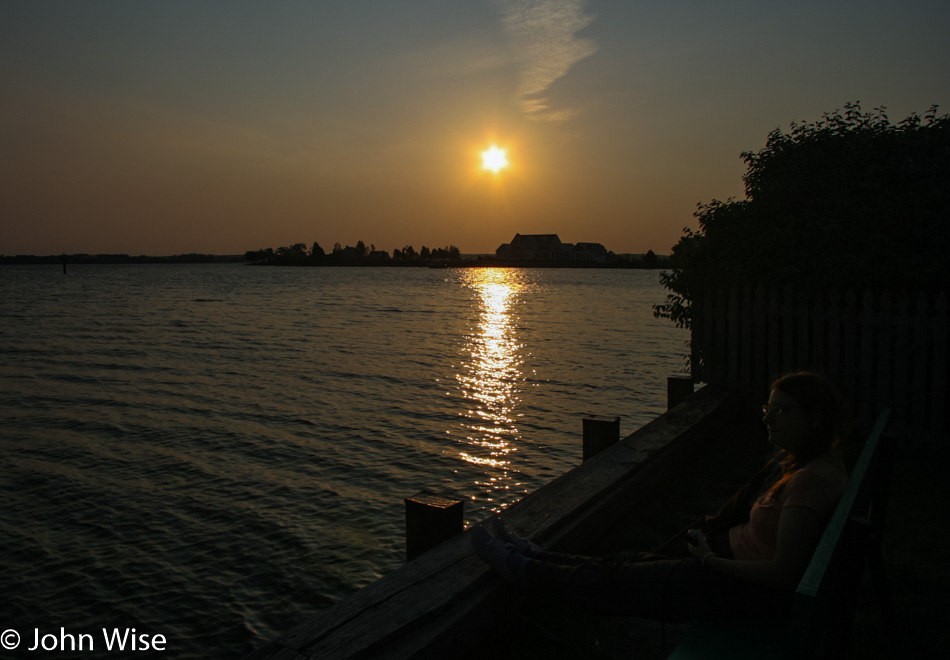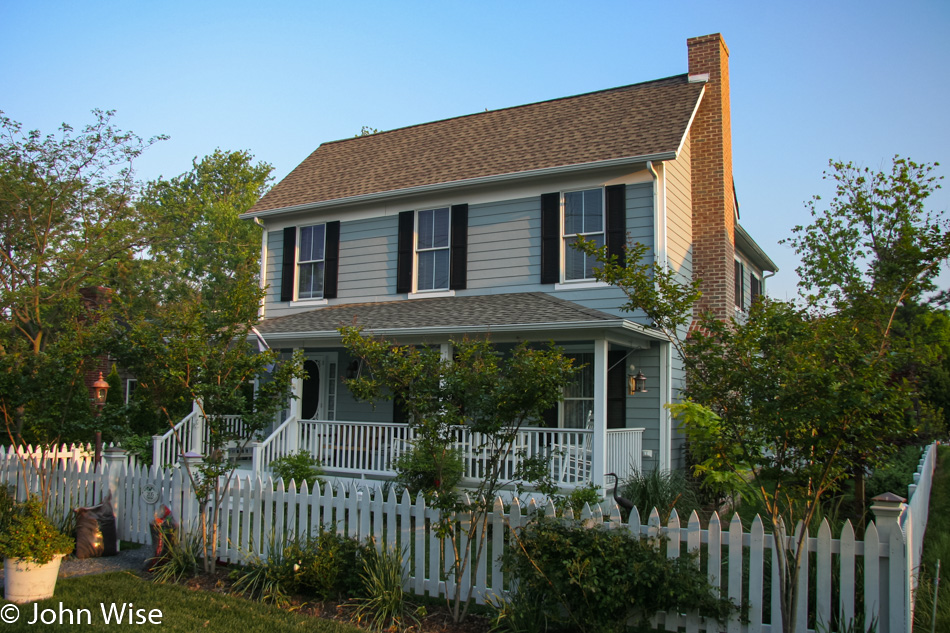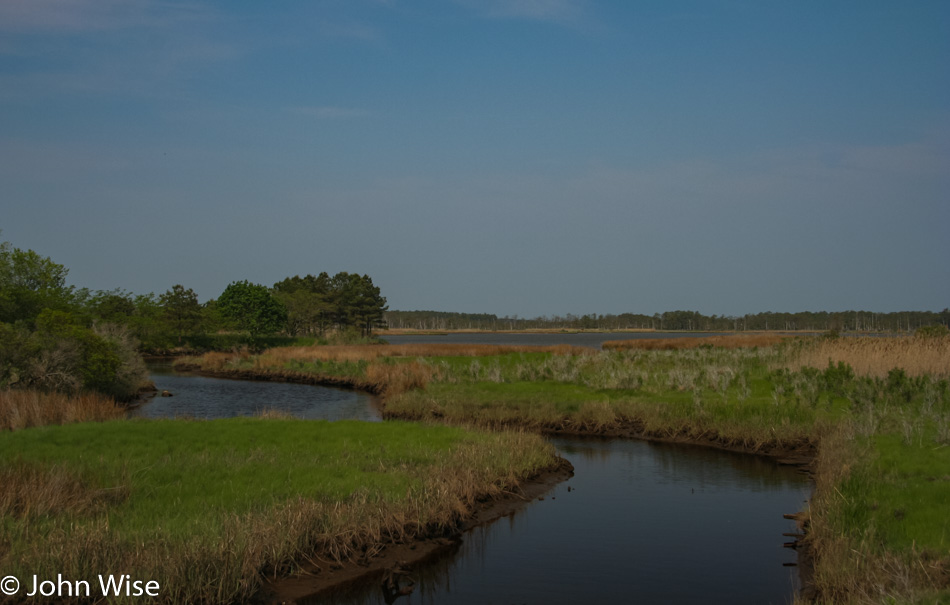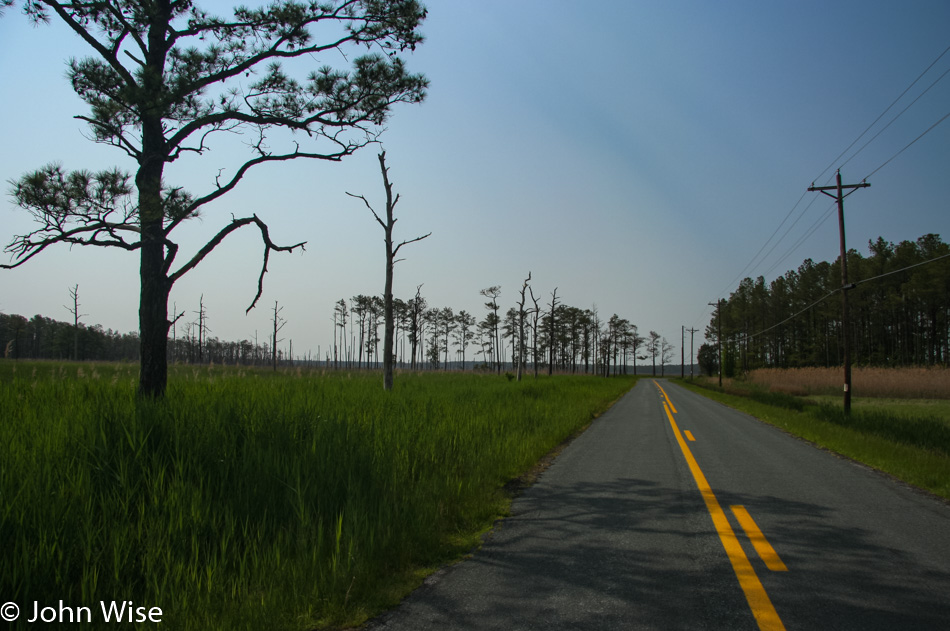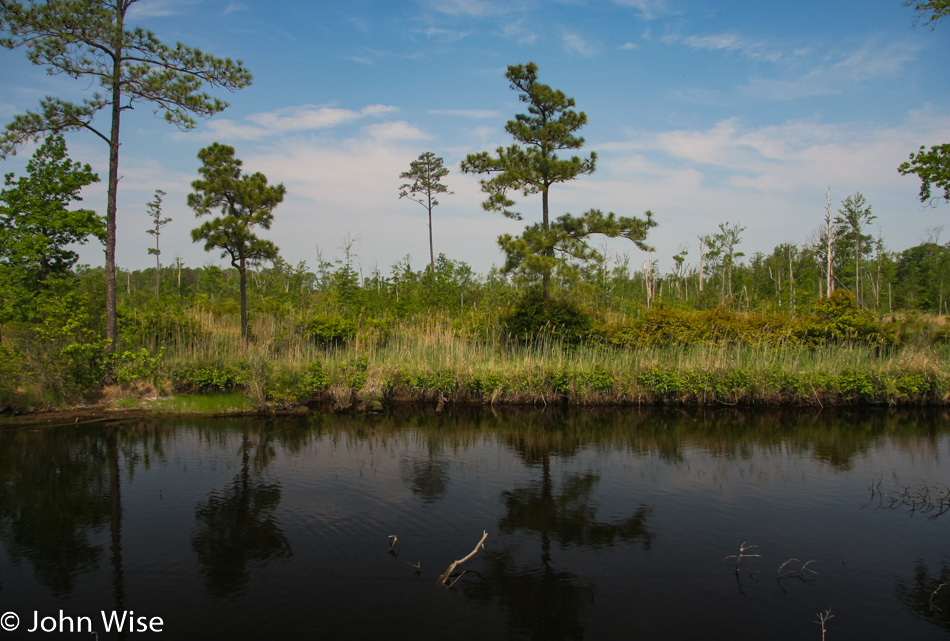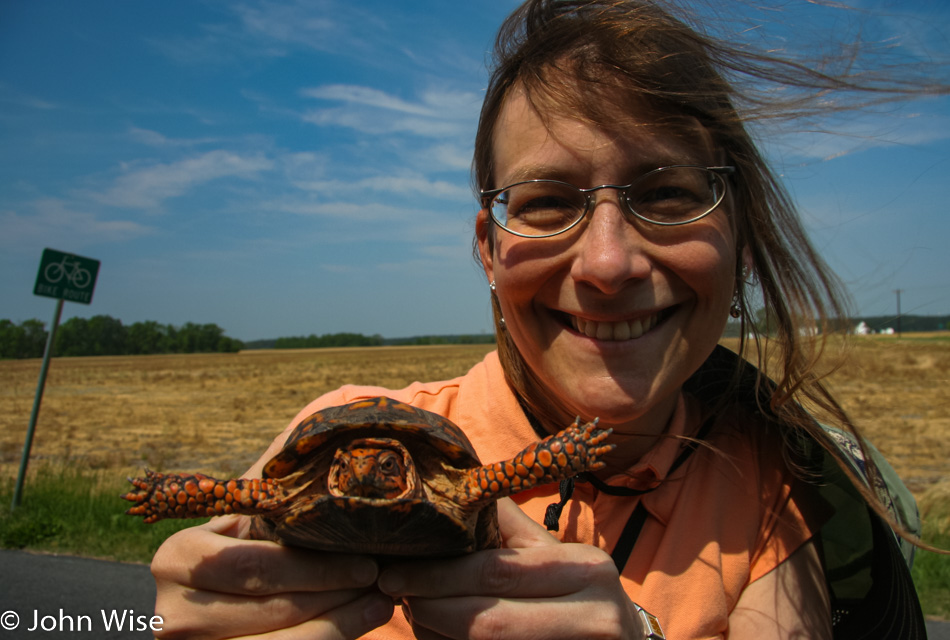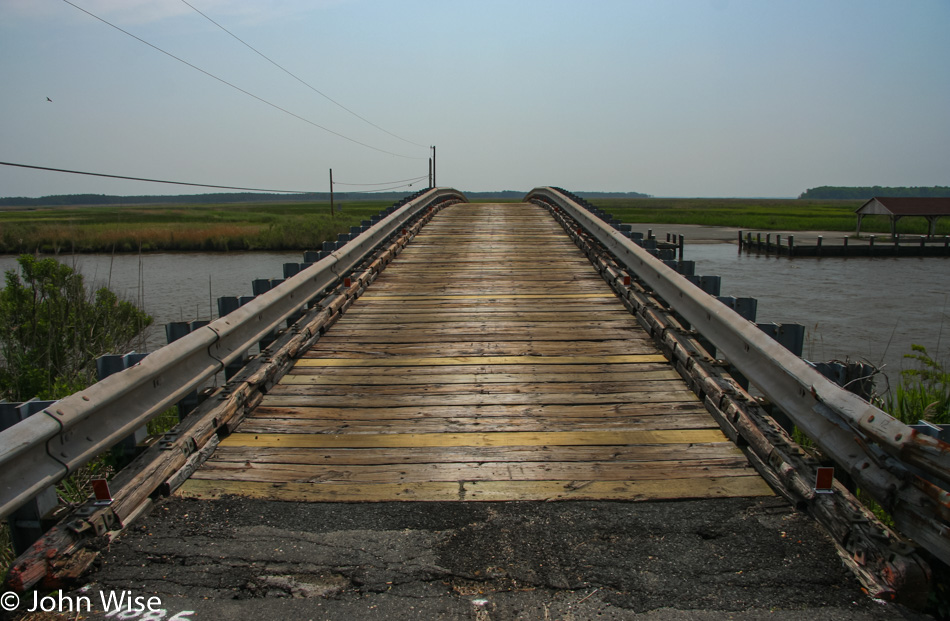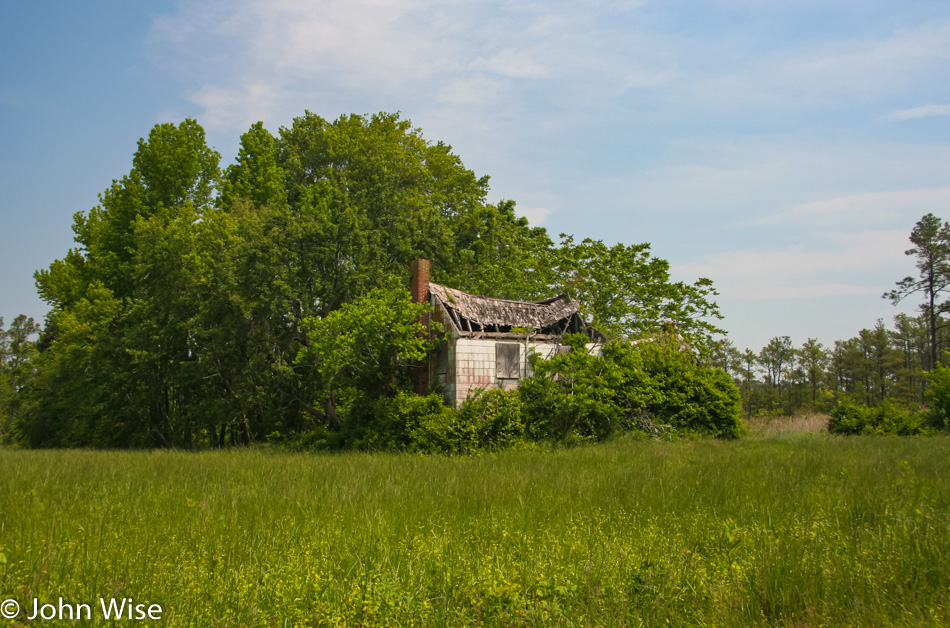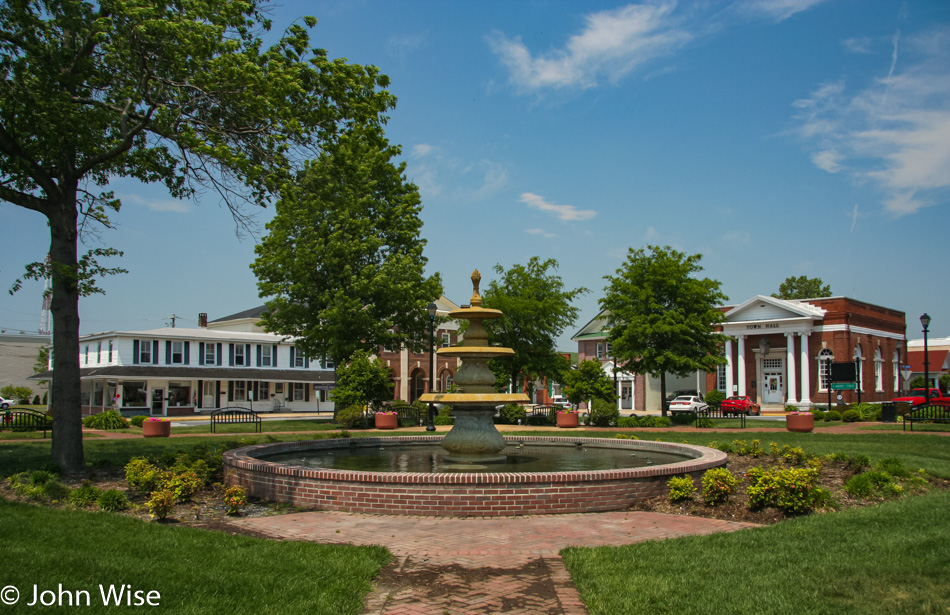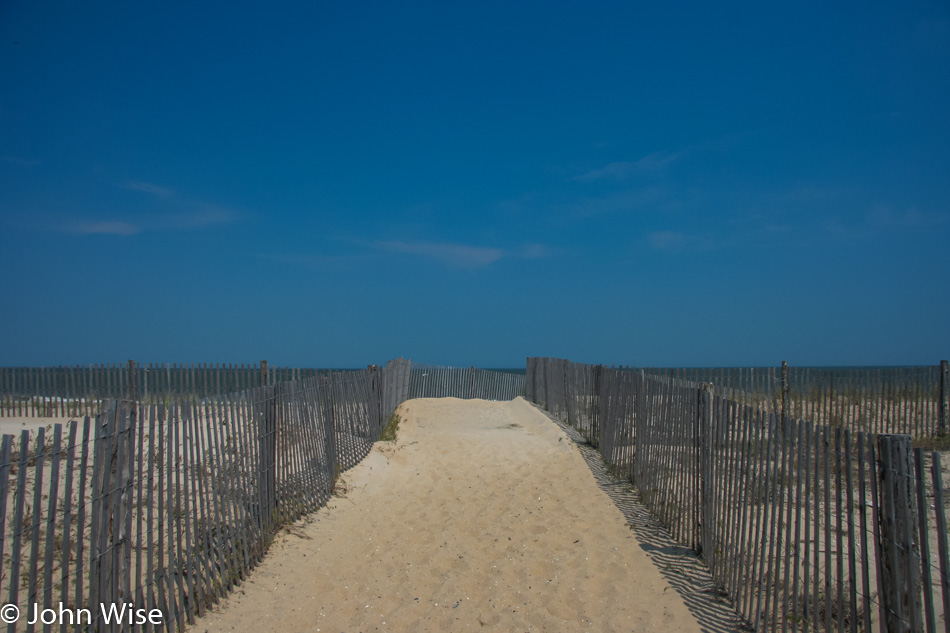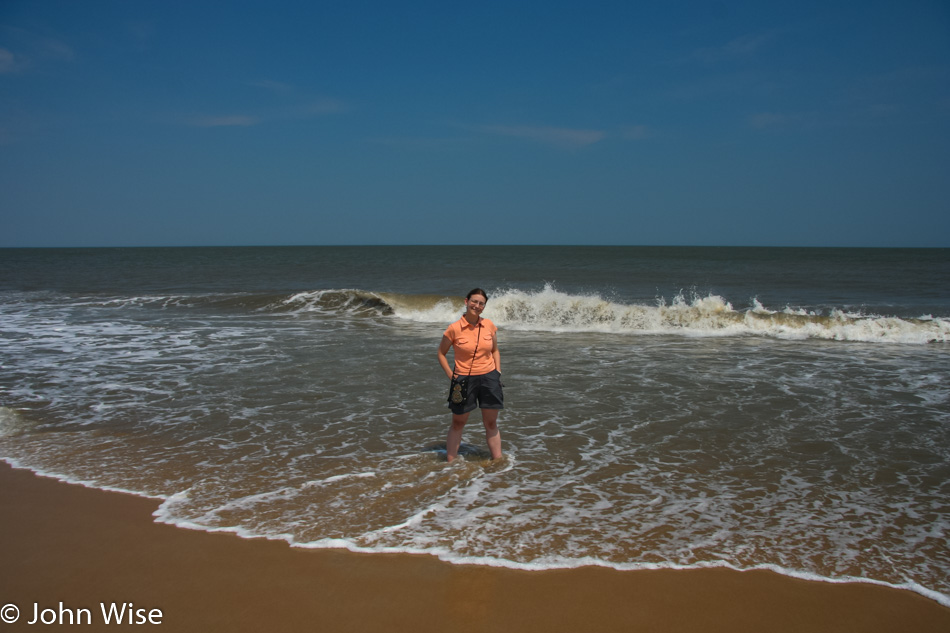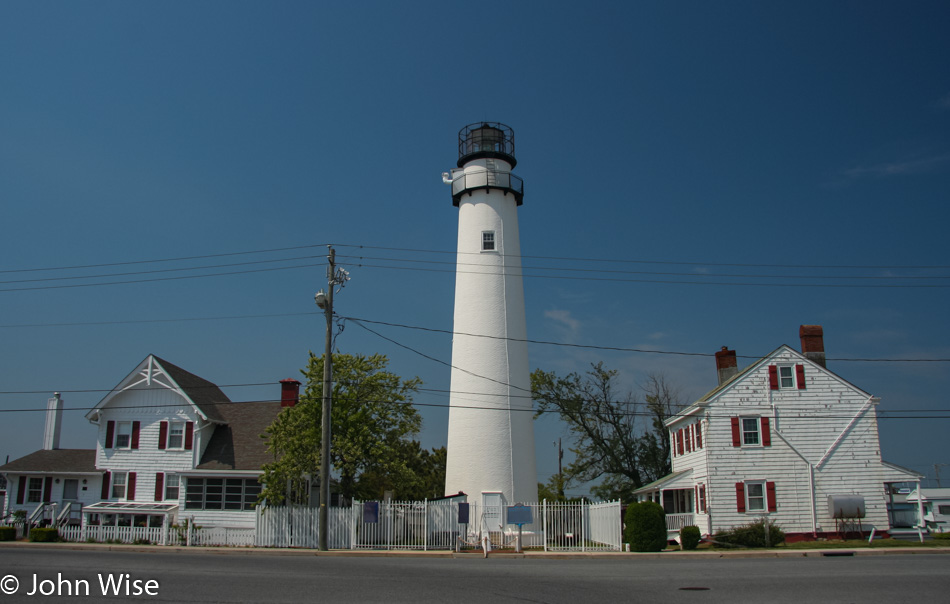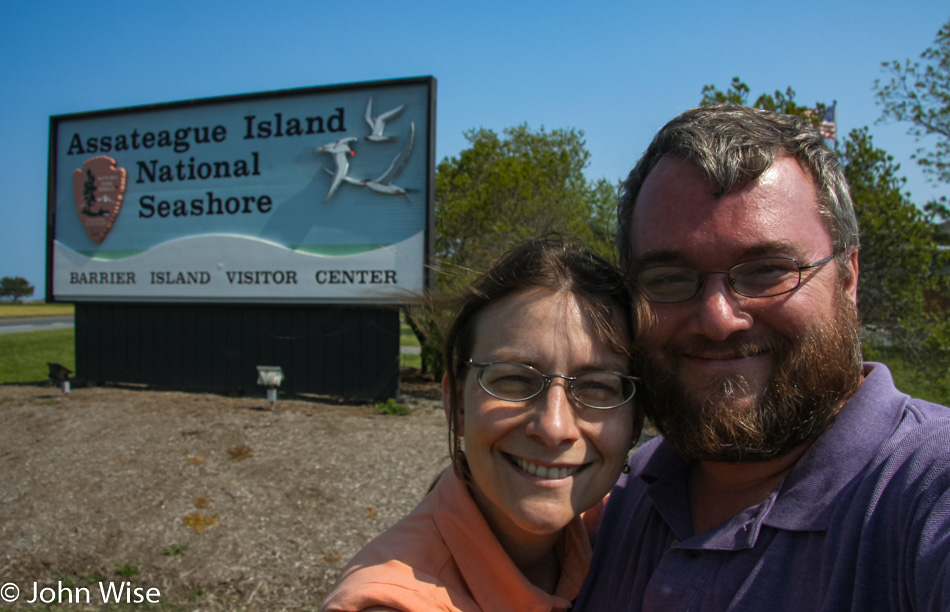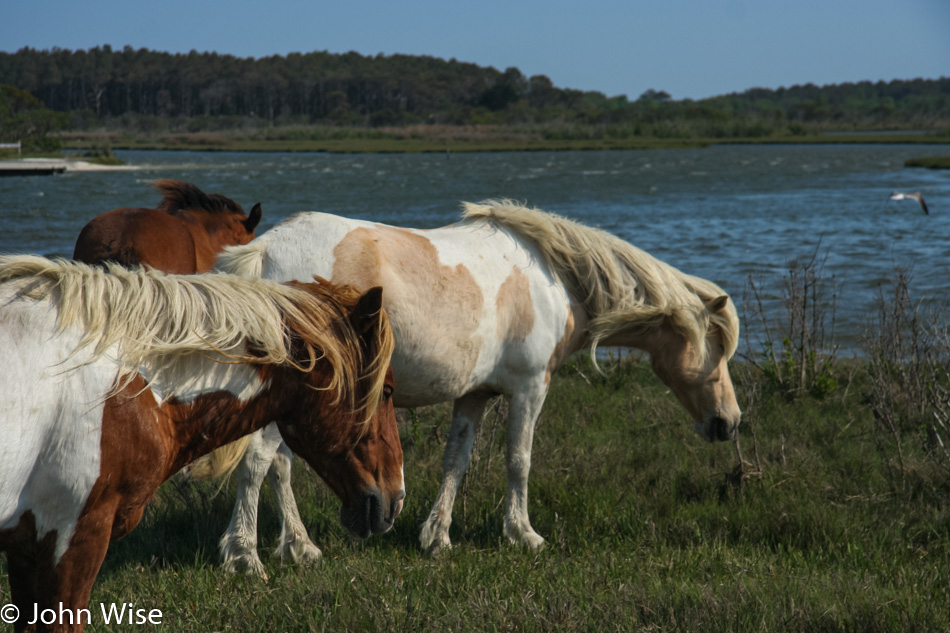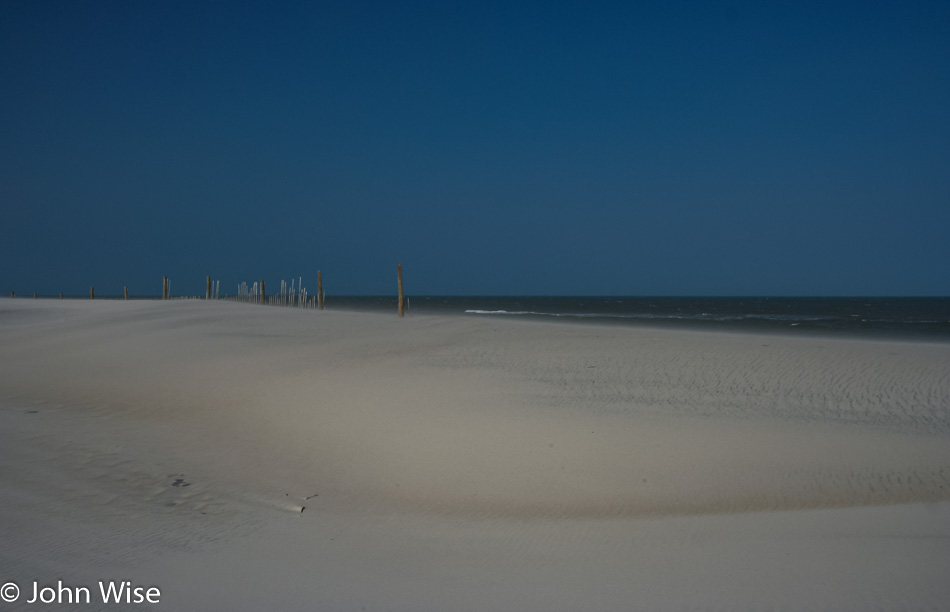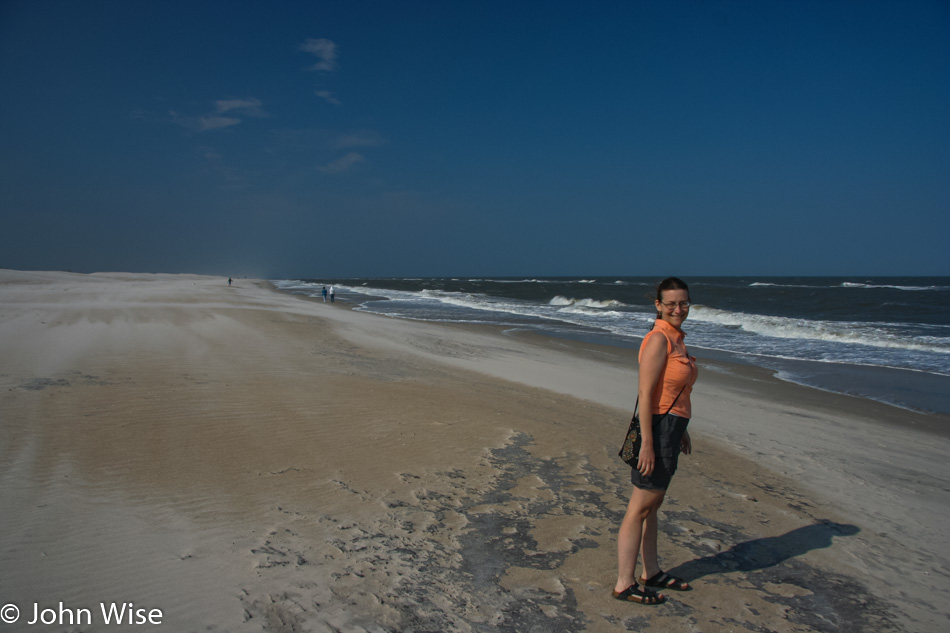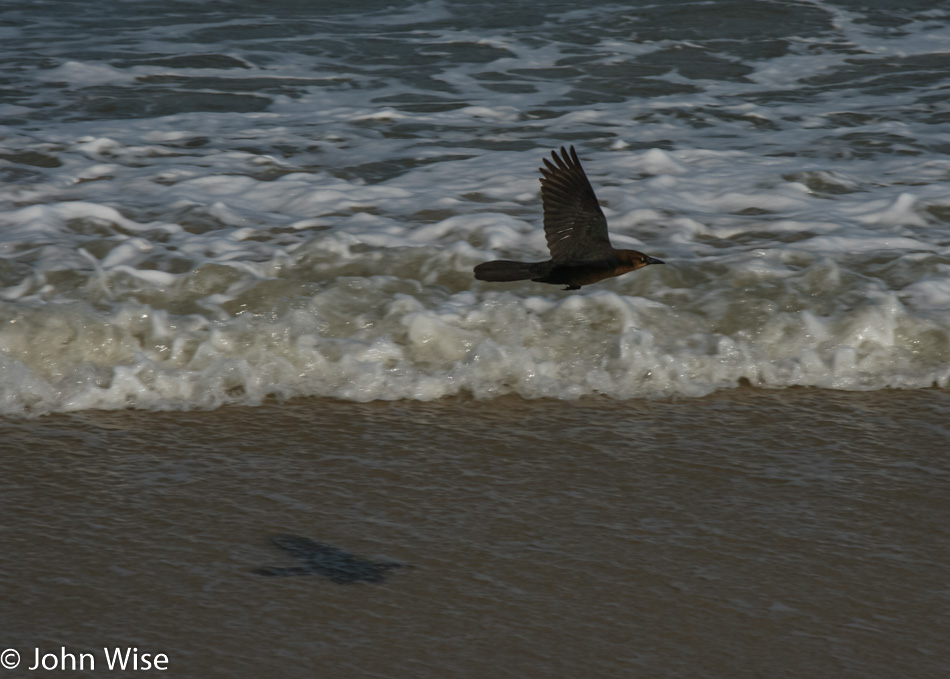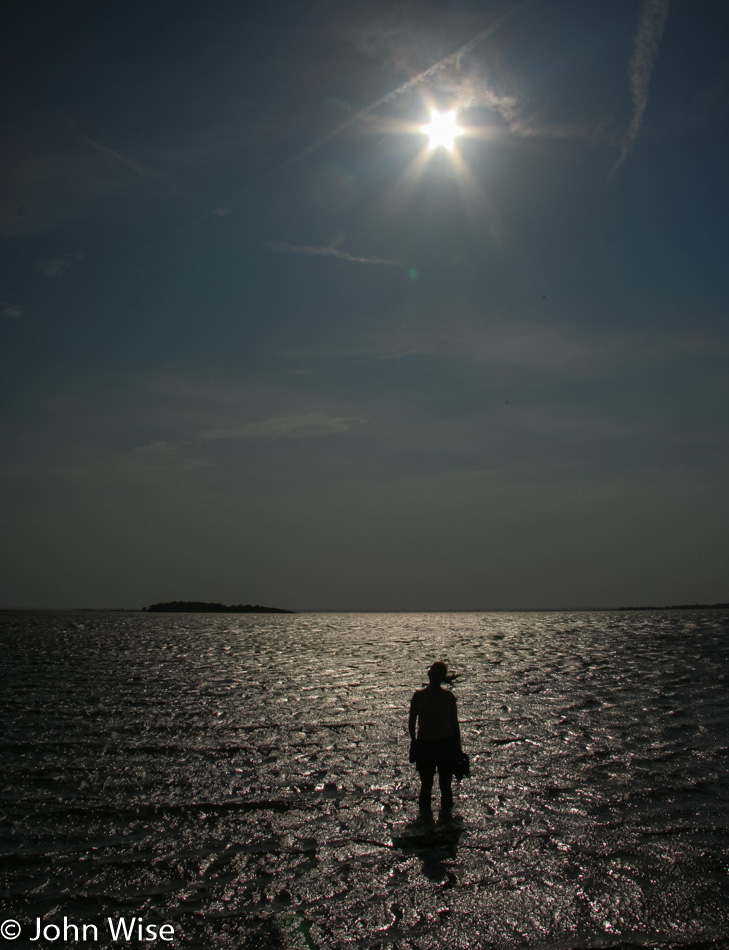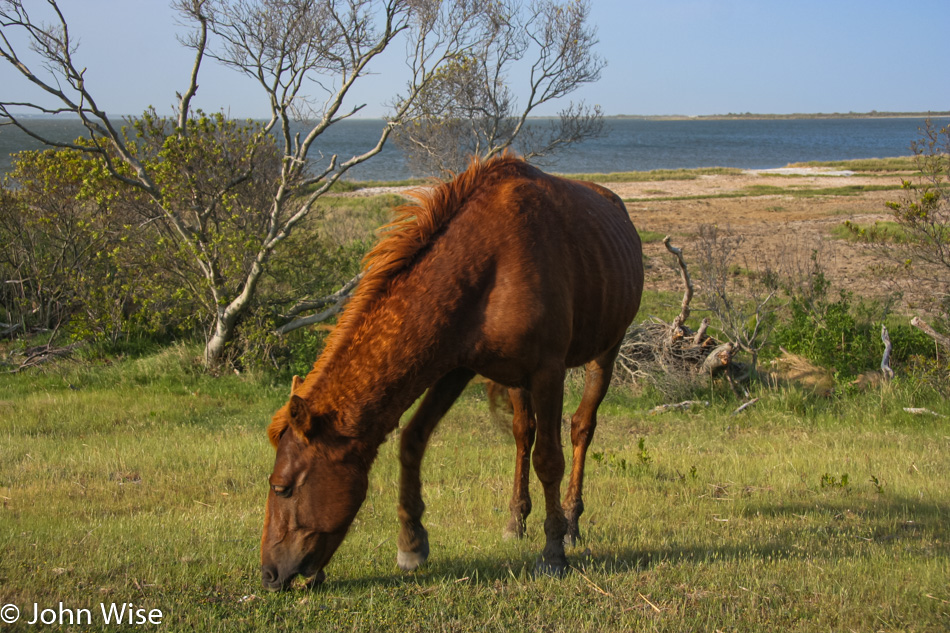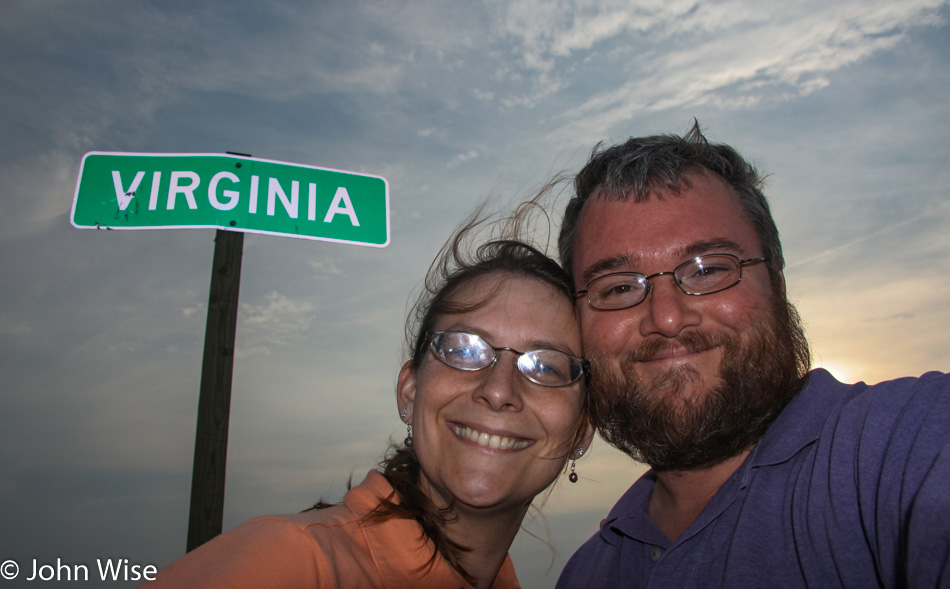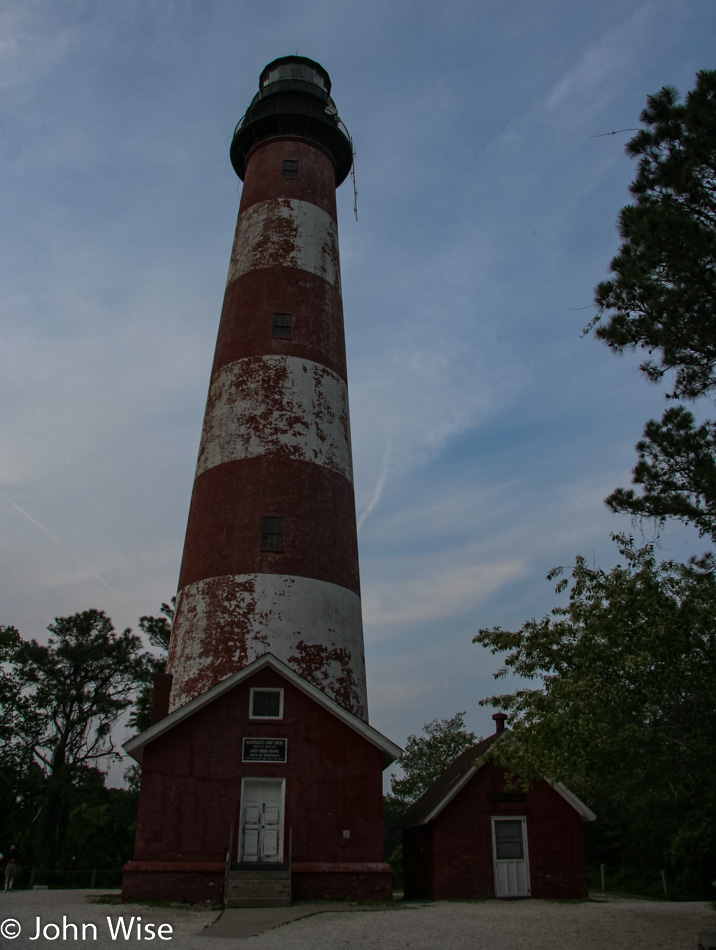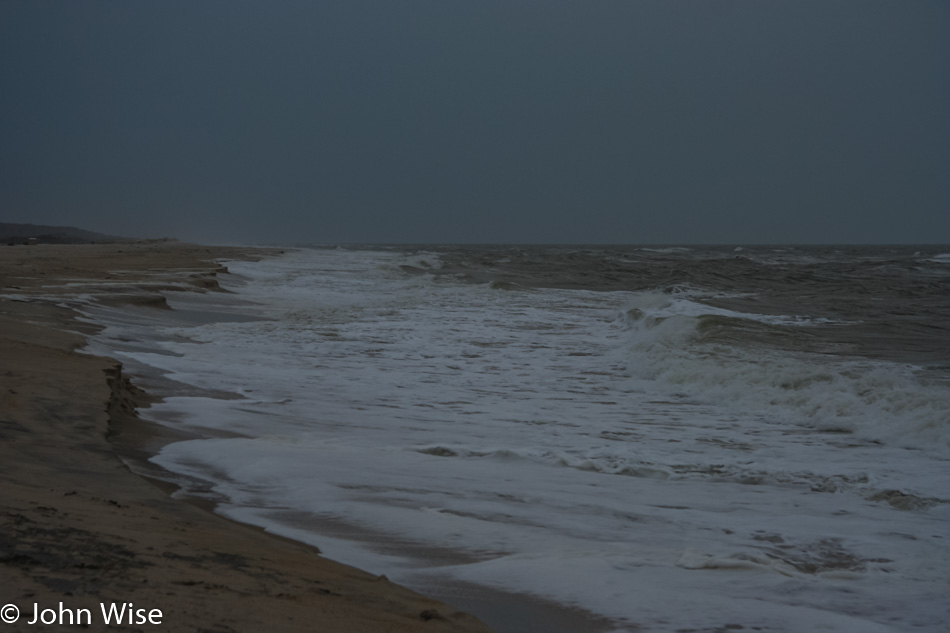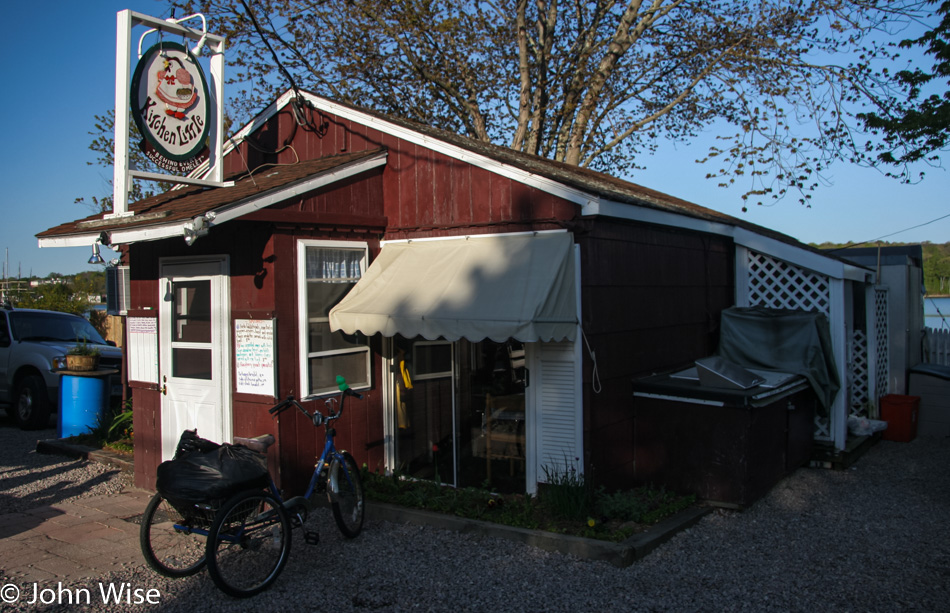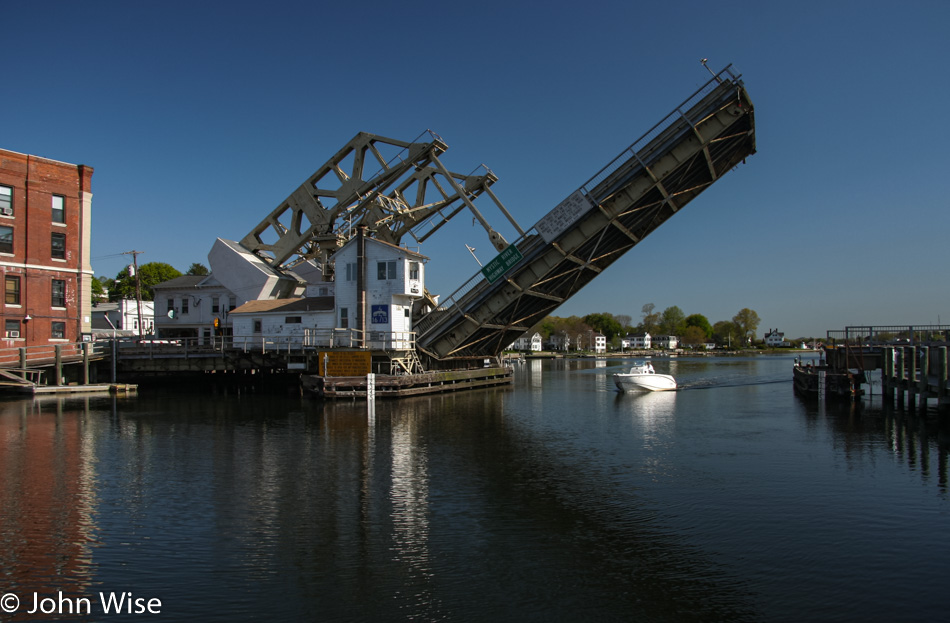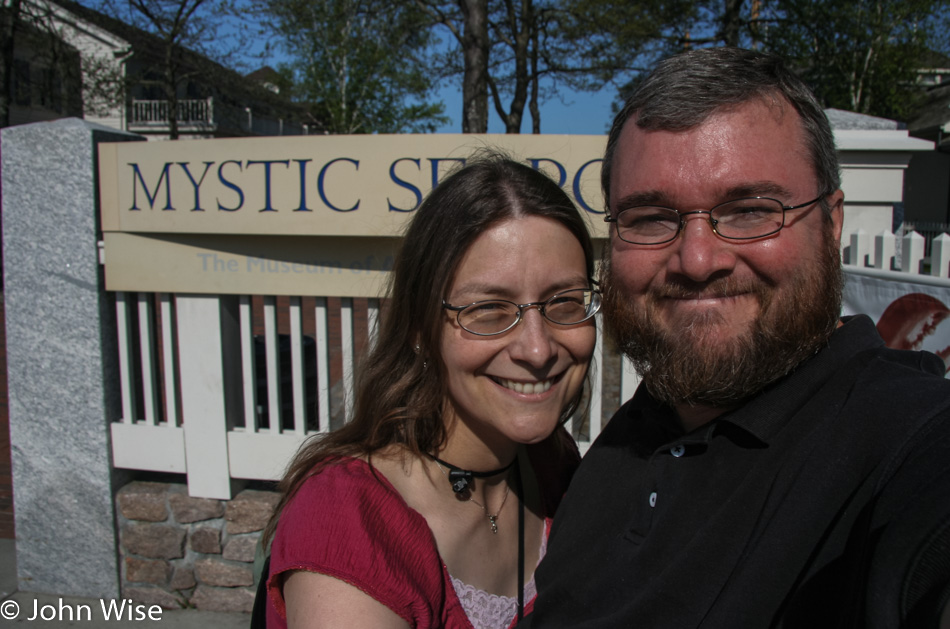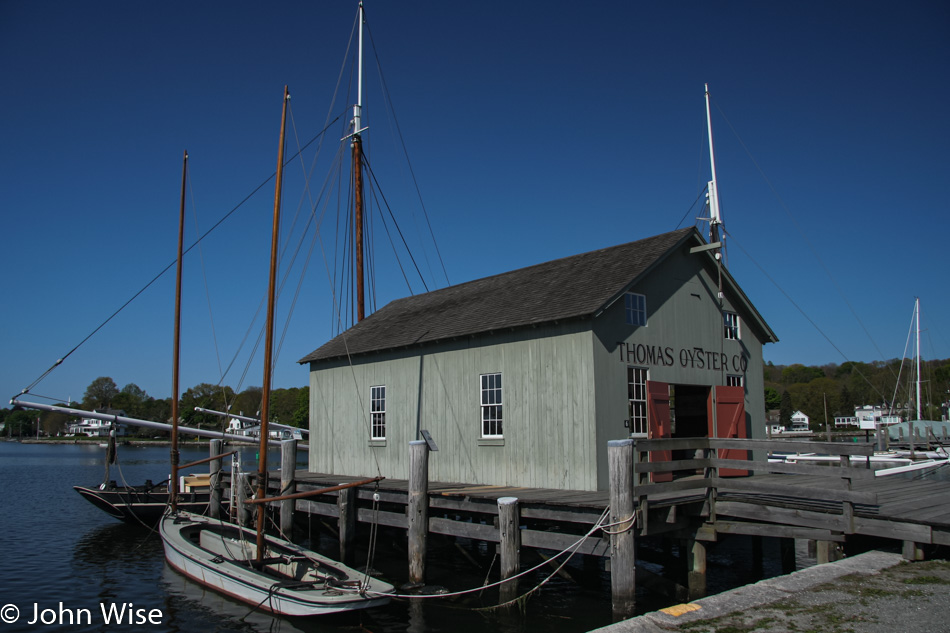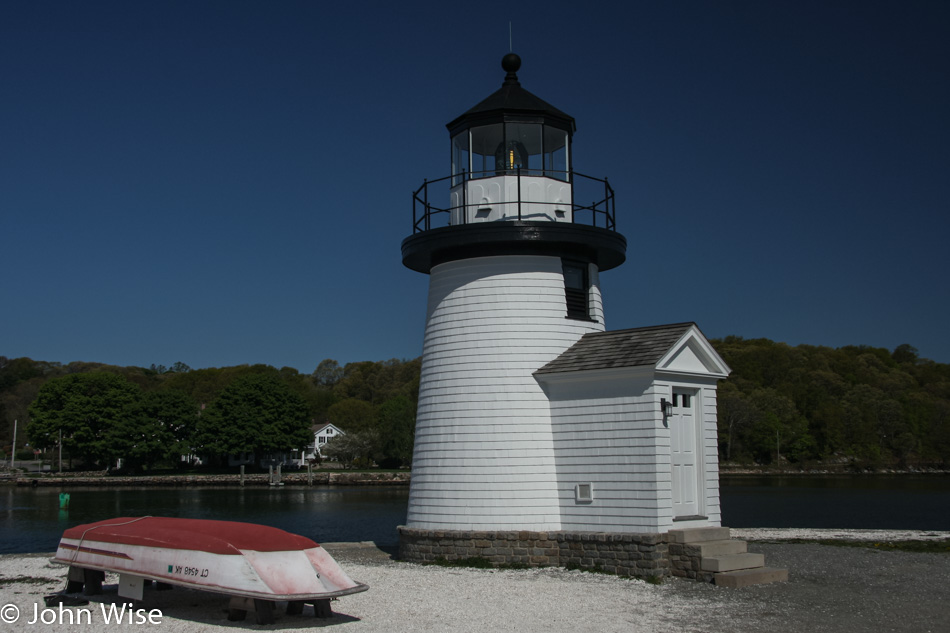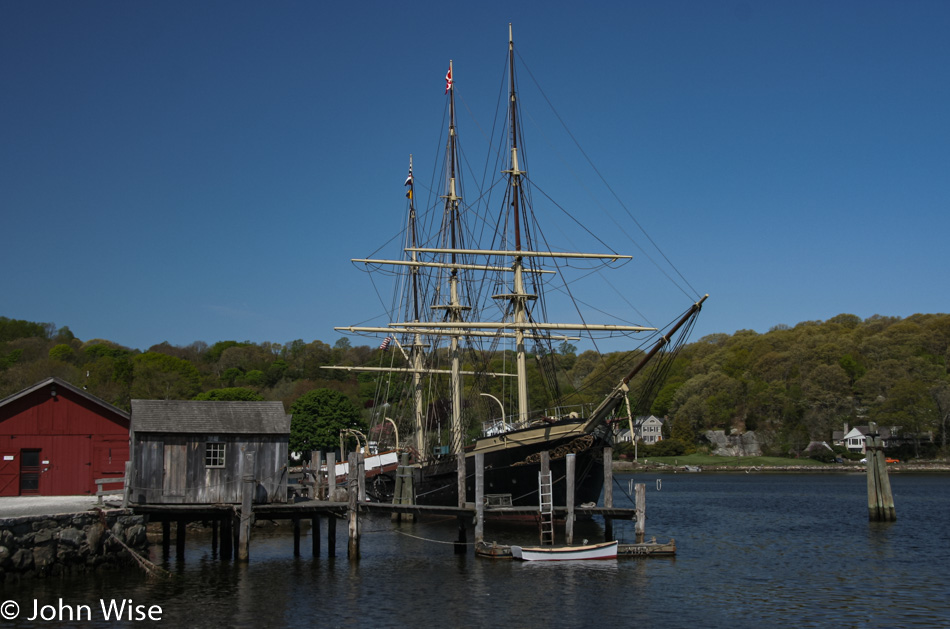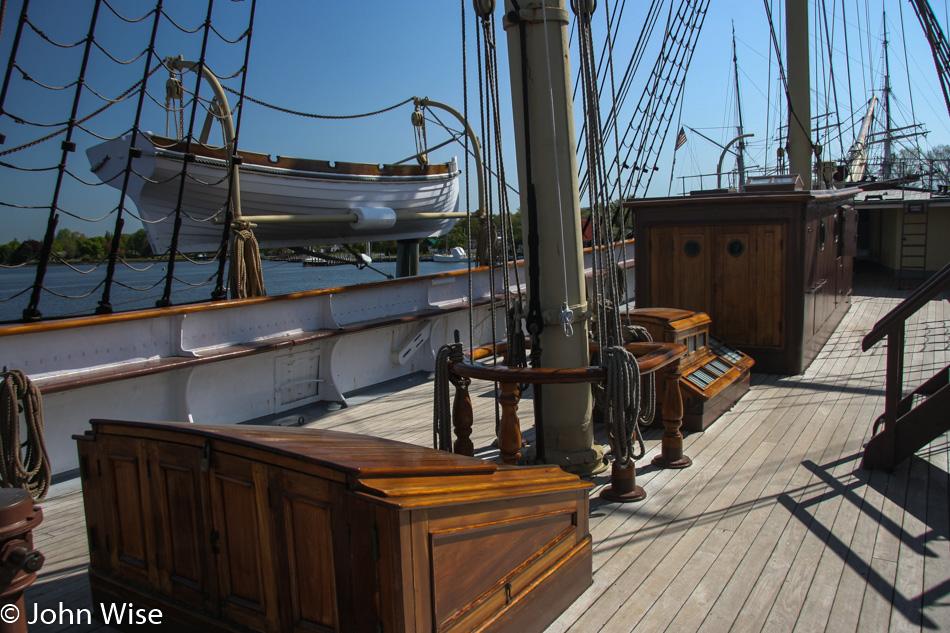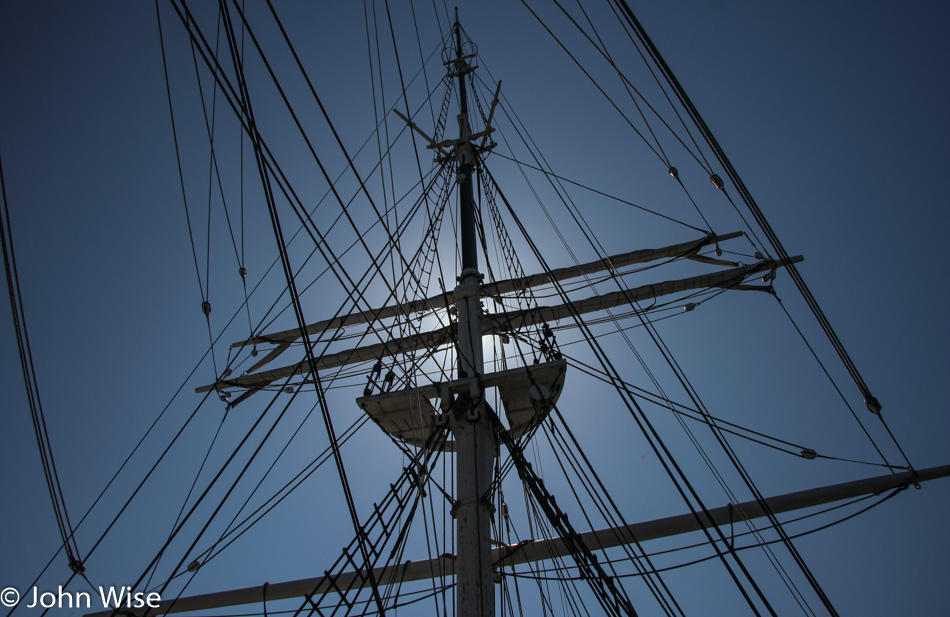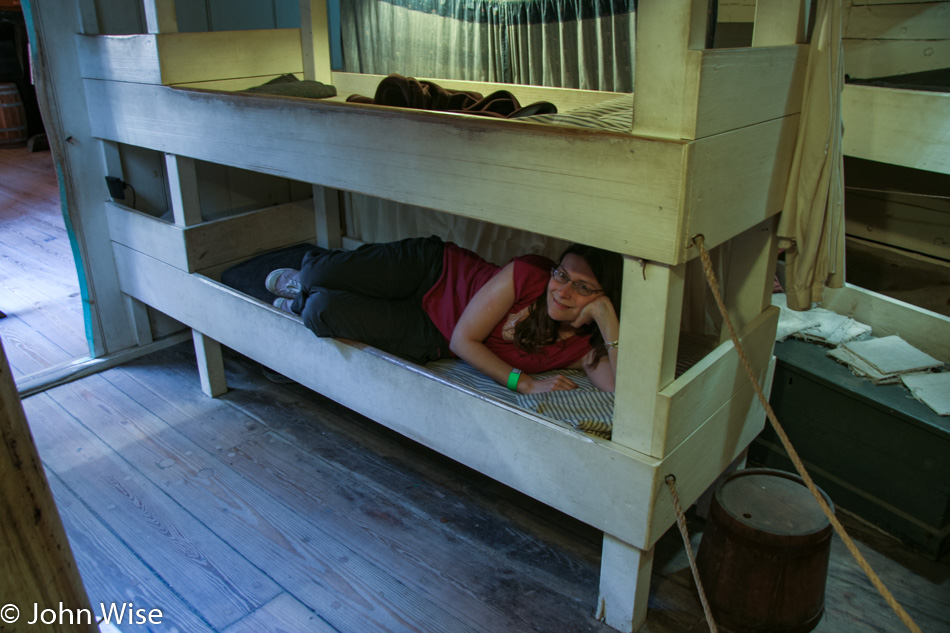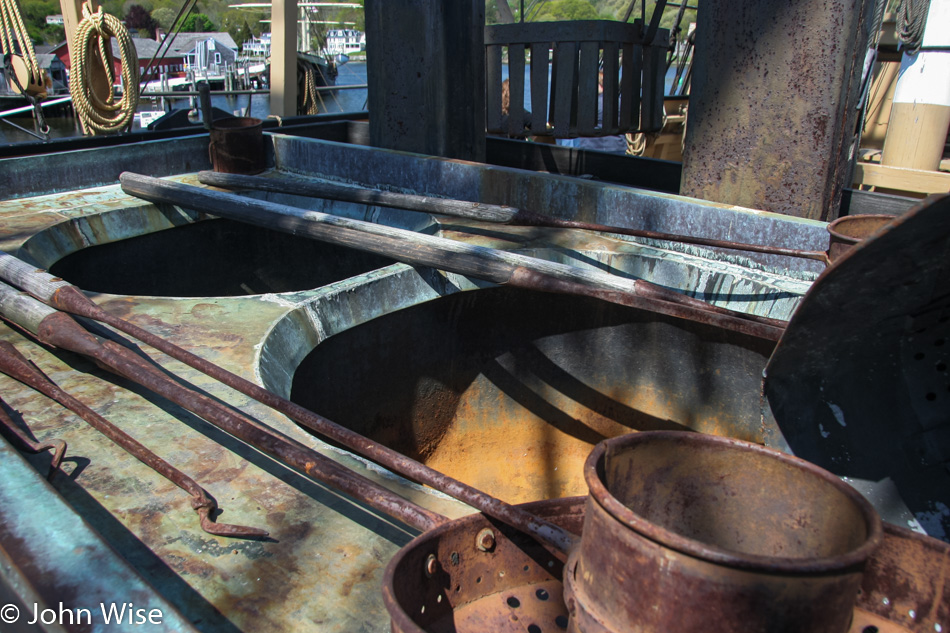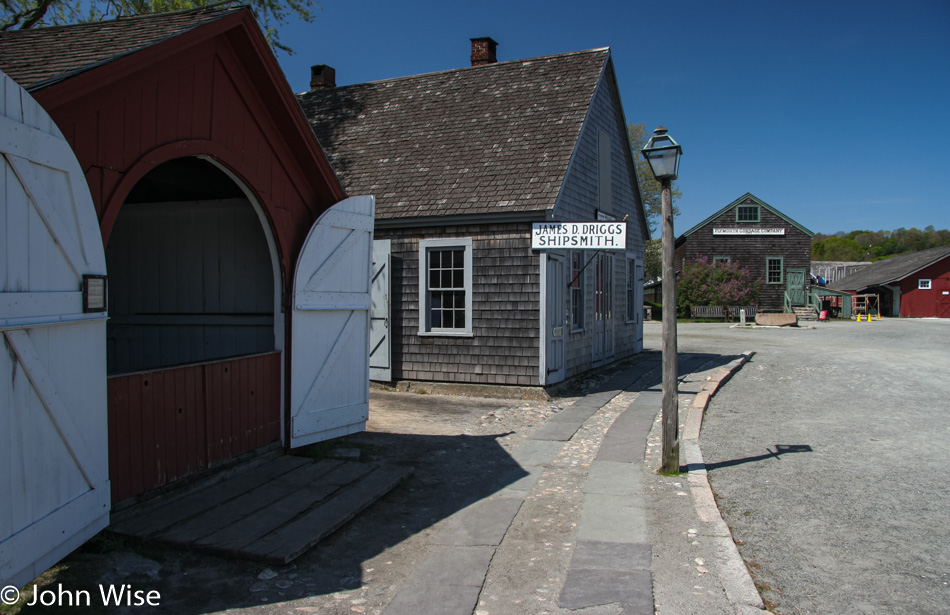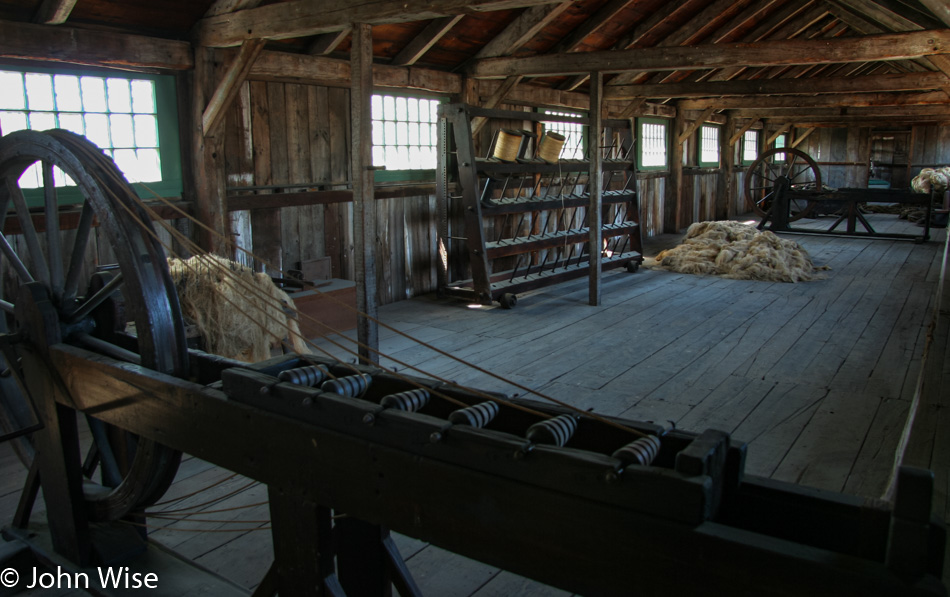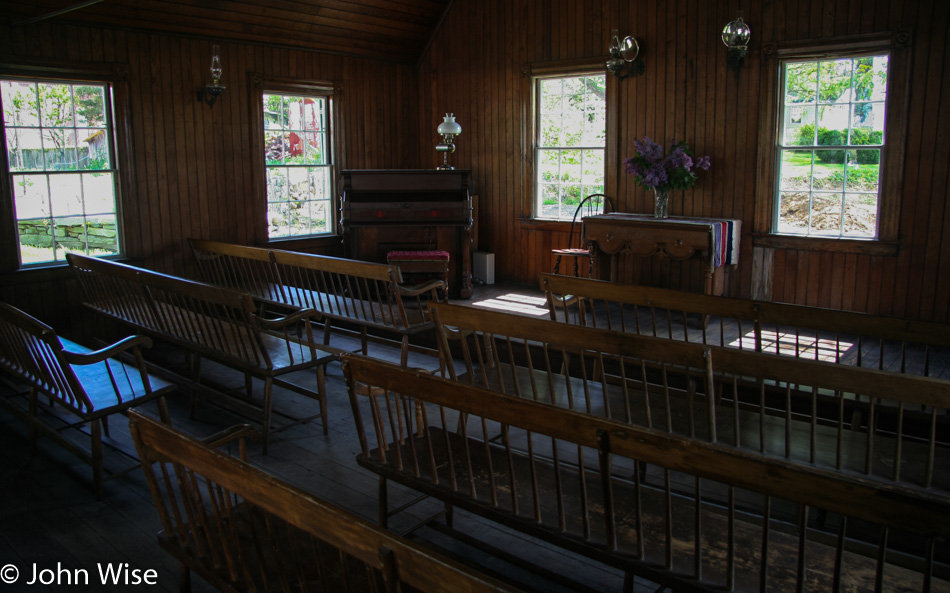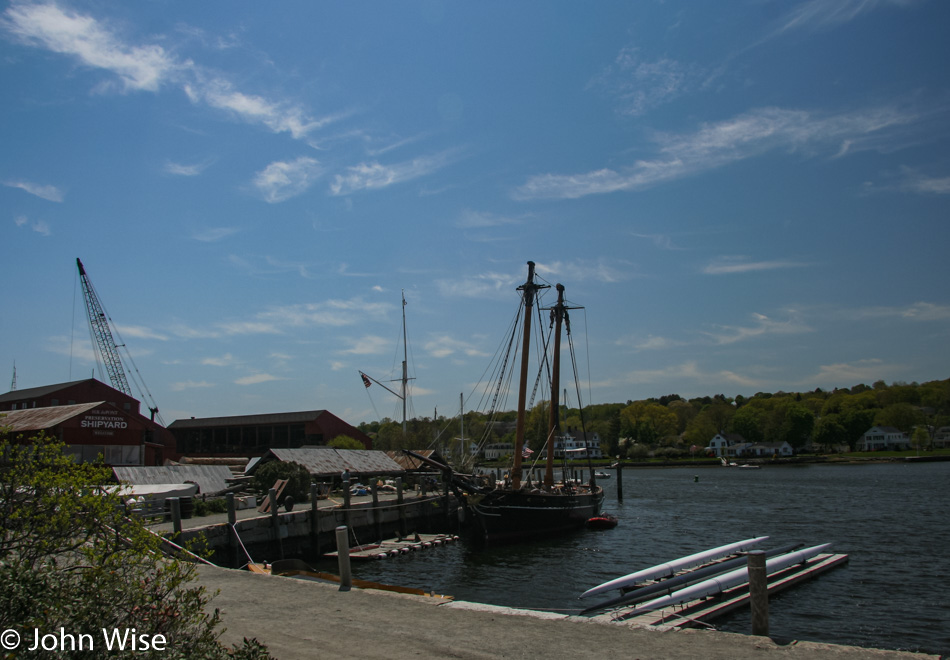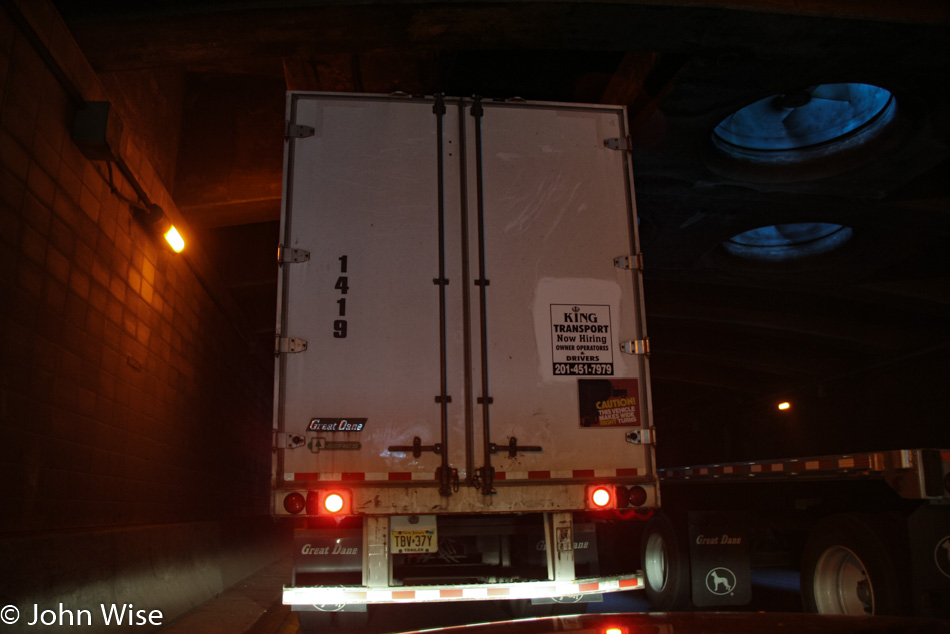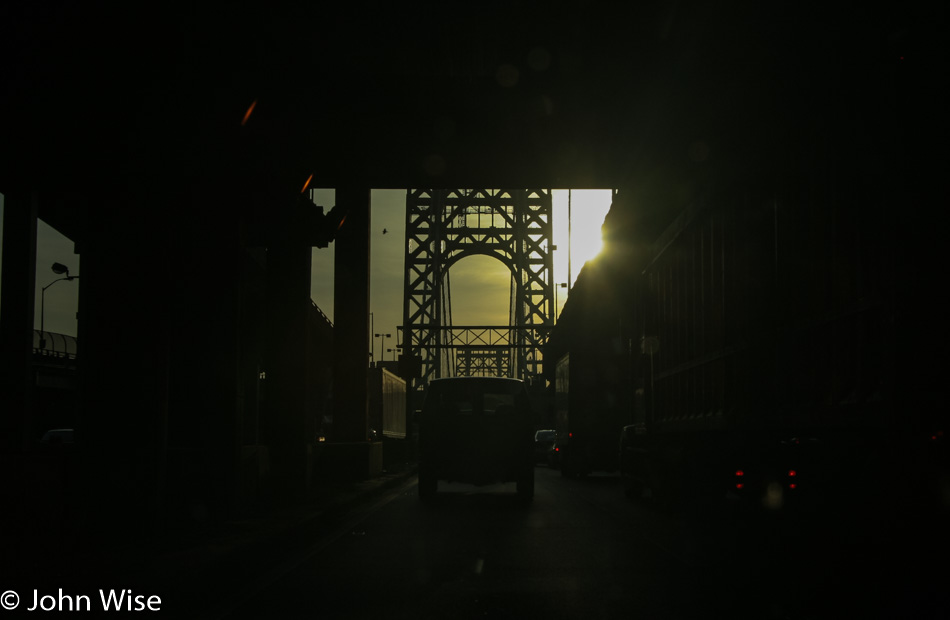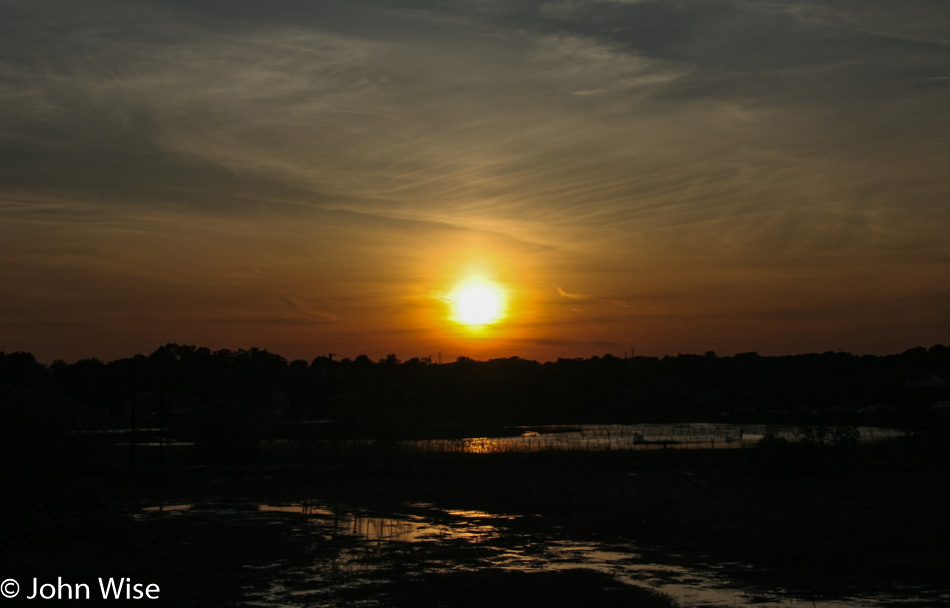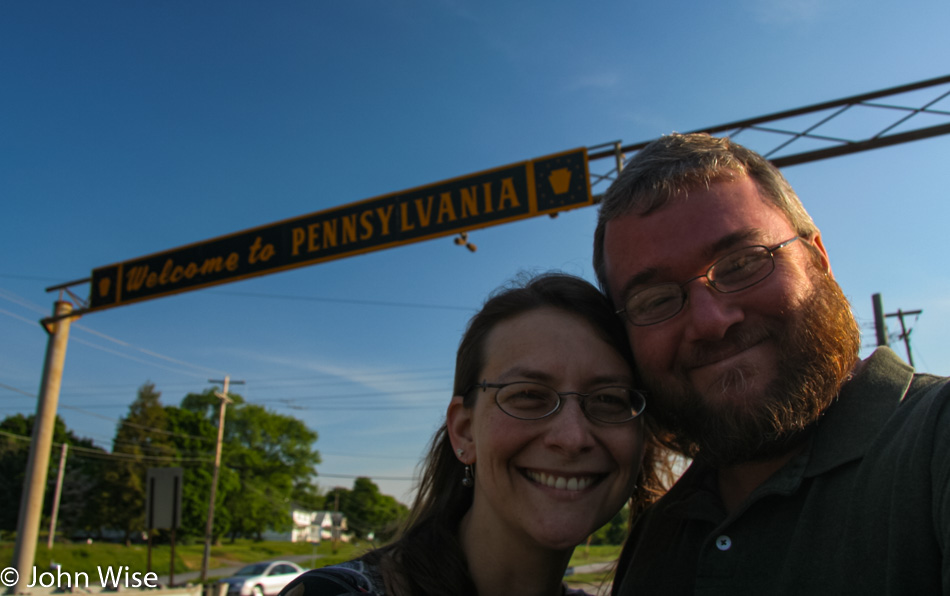
We were only about a mile from the Pennsylvania Stateline as we left our motel to find breakfast at Hank’s Place over in Chadds Ford. This is the land where the Battle of Brandywine Creek took place in the Revolutionary War back on September 11, 1777. First, some history and then breakfast. The Battle of Brandywine was fought by George Washington and General Sir William Howe, Lord Charles Cornwallis, and Wilhelm Reichsfreiherr von Innhausen und Knyphausen of Germany, who was backing the British. The battle was not only the largest of the Revolutionary War, but with combatants on the battlefield for 11 hours straight; it was also the longest. The Americans lost, allowing the British to take Philadelphia which at the time was the capital of the fledgling United States.
Out of war, we are catapulted into scrapple. What the heck is scrapple? It’s a kind of Pennsylvania Dutch spam made of pork scraps, cornmeal, and spices and then fried before serving. This, though raises the question of who are the Pennsylvania Dutch. Well, they’re not really Dutch but descendants of Germans from the Upper Rhine Valley in the west of Germany who spoke a West Franconian dialect known as Palatine German. This version of German is also the language of the Old Order Amish. Back to where this started: breakfast. As I wrote earlier, we were eating at Hank’s Place in Chadds Ford before I was distracted with all of the other details.

Today’s major focal point is Longwood Gardens, the erstwhile country home of Pierre Samuel du Pont. While planning our East Coast vacation, a random gentleman told me of these magnificent gardens in Kennett Square, Pennsylvania. Researching the garden and its 1,000 acres, which include an old-growth forest that was saved by Mr. du Pont more than 100 years ago, I thought Caroline would love to visit.
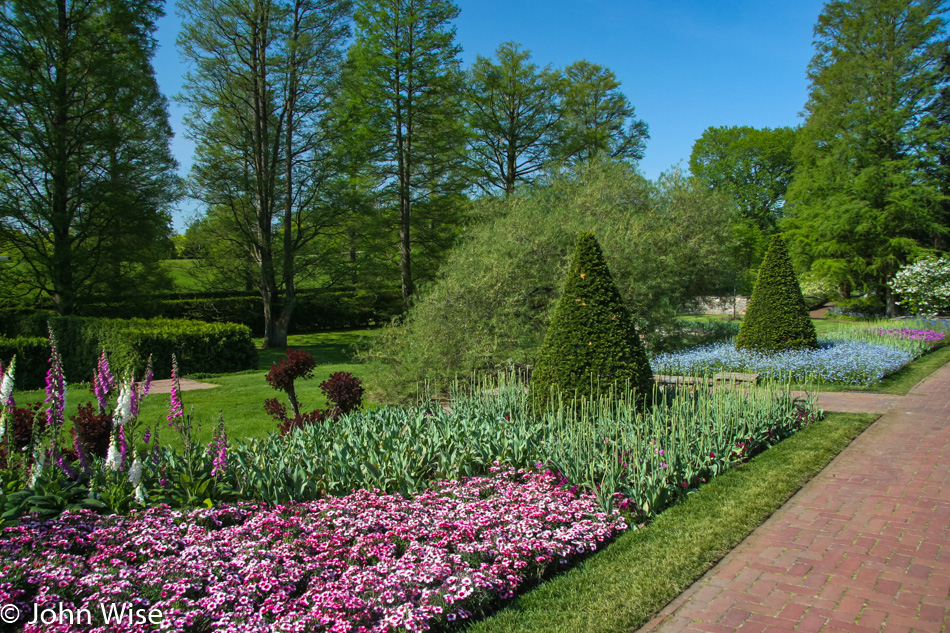
In addition to whales, bridges, shells, beaches, the sea, trees, the night sky, sunsets, mountains, art, and a bunch of other stuff, Caroline really loves gardens. Knowing all of this and working on her weak spots, I’m able to drag her deeper into love with this kind of sharing. You might think that sounds manipulative, but I think she might be getting one up on me as she knows these things are of profound interest to me, too, so maybe she’s feigning greater interest in order to make me love her more.
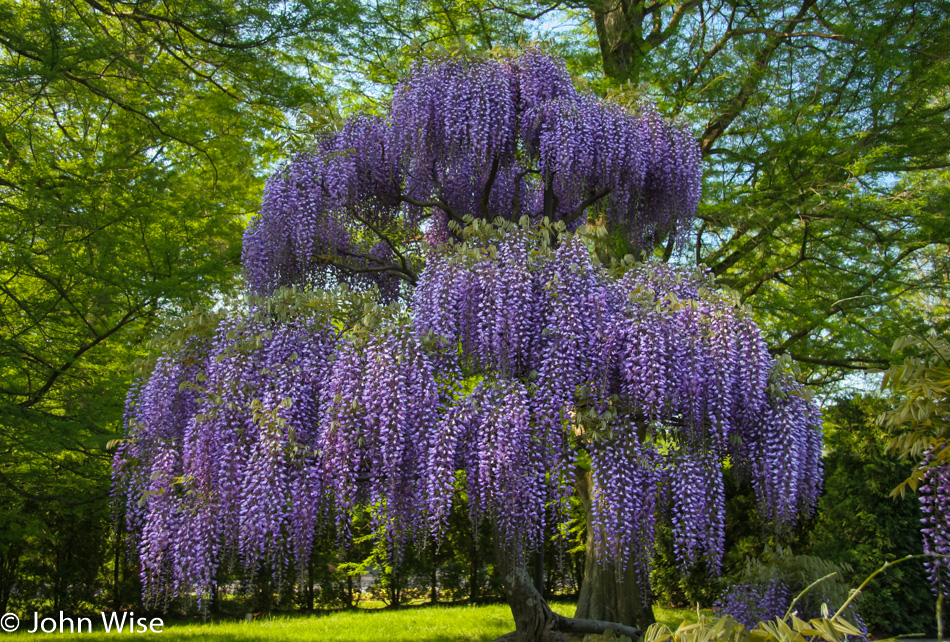
Our oohs and aahs verge into the absurd as things unimagined enter our senses for the first time. When confronted with the spectacular, how are we supposed to respond when our vocabulary to voice astonishment demands expediency in uttering something quickly to let each other know that we’ve been gobsmacked by beauty?
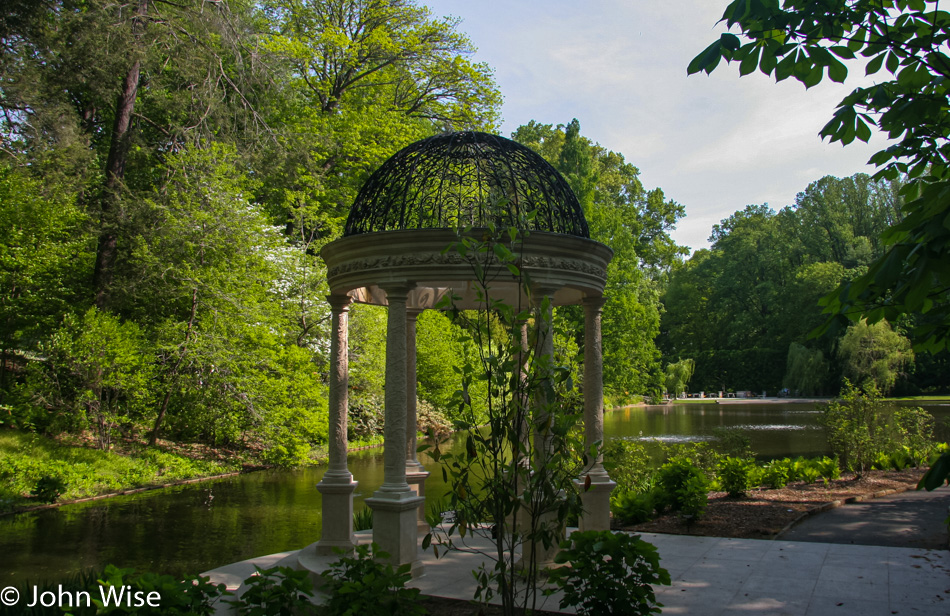
How does one glean any idea of what it might have been like for Pierre du Pont to find himself standing at this gazebo on any given summer day, talking with a friend and fellow industrialist about the economic state of things? Not only did he reorganize and modernize the du Pont companies, but he also played a pivotal role in General Motors as its president back at the time it was the largest corporation on earth. Caroline and I will gaze upon one more of the million sights in this garden today, yet Mr. du Pont was at home here and would simply go for a walk and maybe visit this same spot later in the day to take it all in at his leisure knowing it was all his.
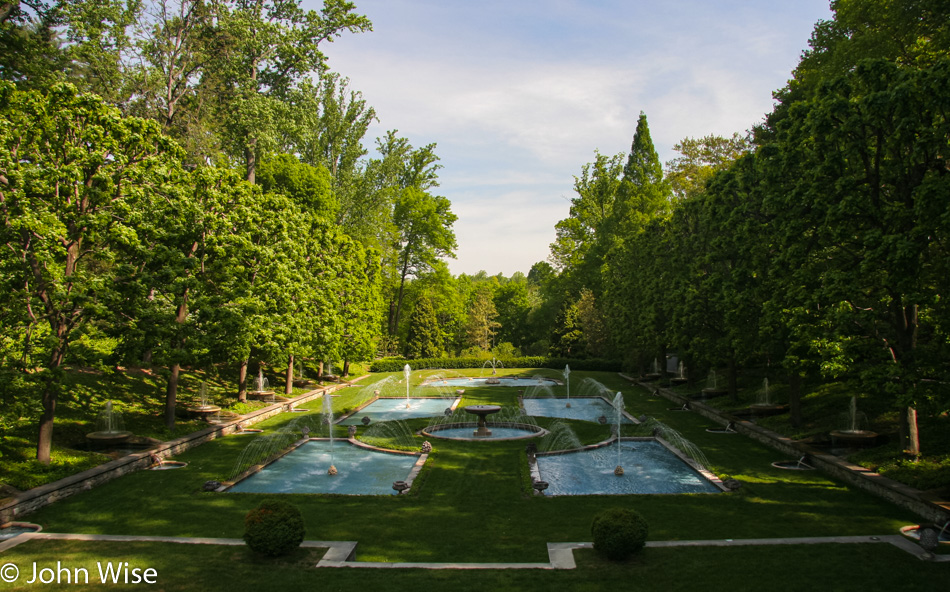
How people are allowed to explore their minds, imaginations, and ambitions when relieved of concerns regarding monetary fears and wandering an environment that lends itself to pondering is a luxury few of us humans will ever have the great fortune to glimpse. I’d imagine that the profoundly wealthy who might learn the real value of life can step outside the burden of their empires to walk within, but maybe I’m just projecting my own dreams and desires.

When does the openness of our ability to find our own experiences lend riches comparable to those had by the likes of a du Pont or Vanderbilt family? Could Caroline and I consider that these jaunts into moments of radical freedom are the equivalent? Do the concerns of budget constraints necessarily put a dampener on our ultimate enjoyment? Maybe, like that bridge out there, we only need to go forward into our experiences with the hope of discovery to validate that we have crossed over to somewhere different, even if our perspective is still that of our own.
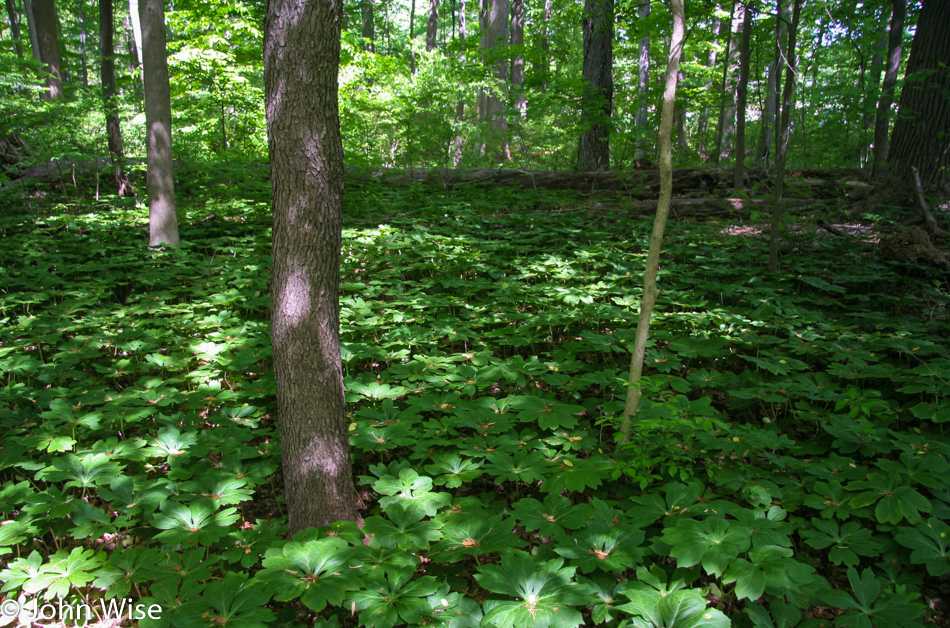
As Mr. du Pont walked into these old woods he was helping preserve, the fact of the matter is he couldn’t see them any different than we are seeing them today. While his being able to be present here on a frequent basis is obviously greater than our own, I’d like to believe that if we commit the lesson taken from our eyes and other senses to bring this into our souls, we too are allowed to live within the memories of grand landscapes and evolving ideas.
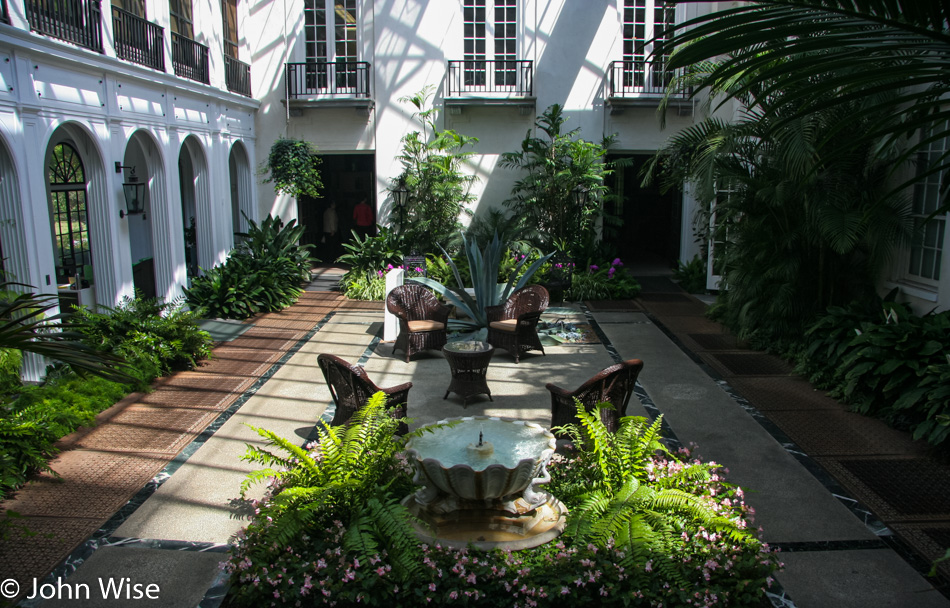
Prior to Mr. du Pont’s death, he founded the gardens with nearly $100 million to care for the place into the future. Now for a small cost for admission, we are all welcome to wander the property.
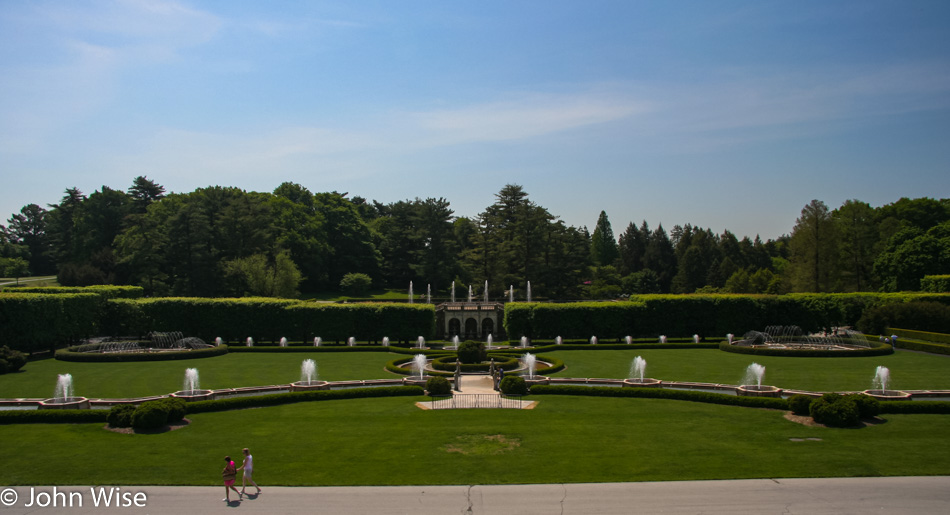
Should you get the idea that there is too much here to see in a day or a few hours, you’d be correct. As is the typical story of our travels, this will have to act as a familiarization tour that piques our curiosity to add a return on a future visit.
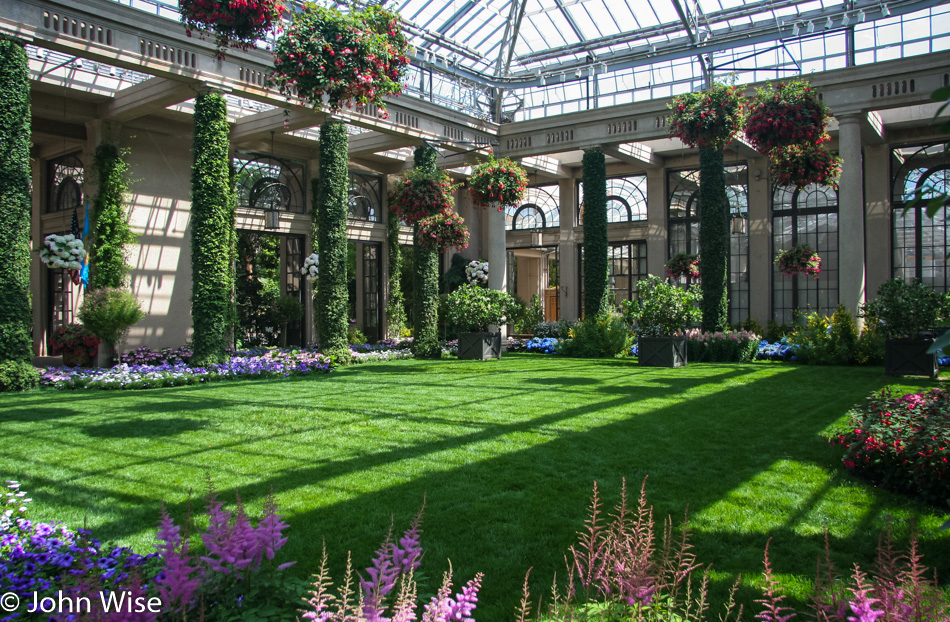
Interior spaces are as dramatically intriguing and beautiful as the outdoor areas on the property.
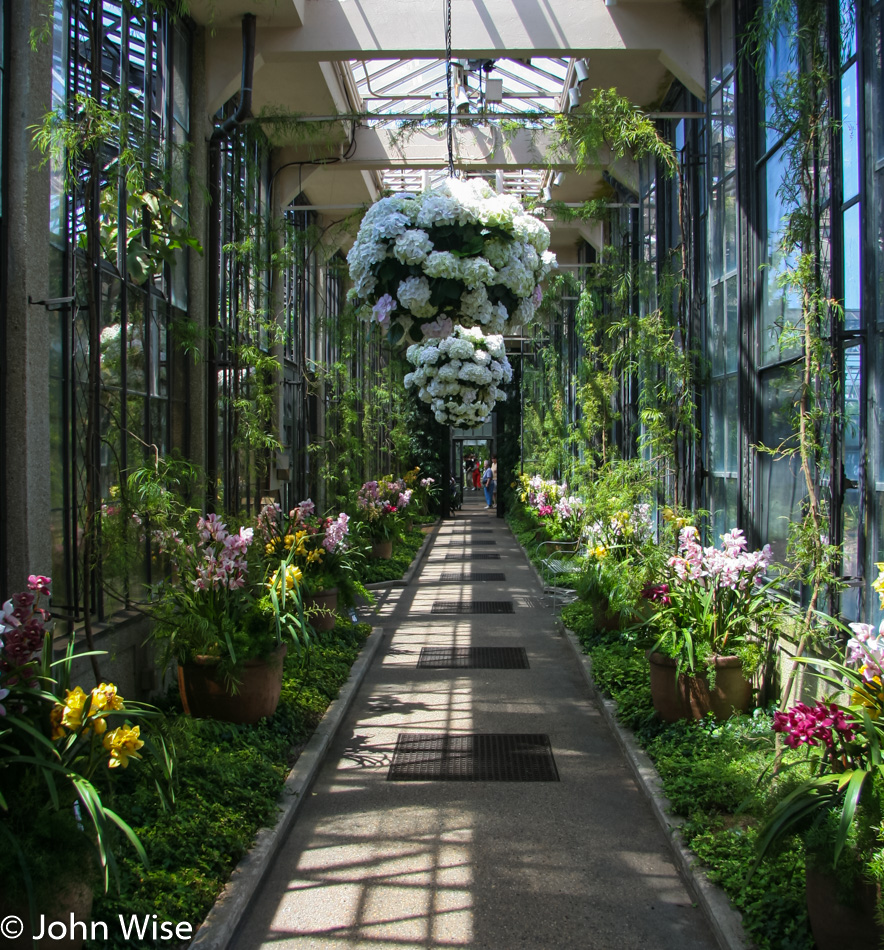
The orchid section is a must-see area. I started dreaming of the membership benefits for people living close enough to pay weekly visits in order to watch the seasonal evolution of the myriad plants being cultivated here.
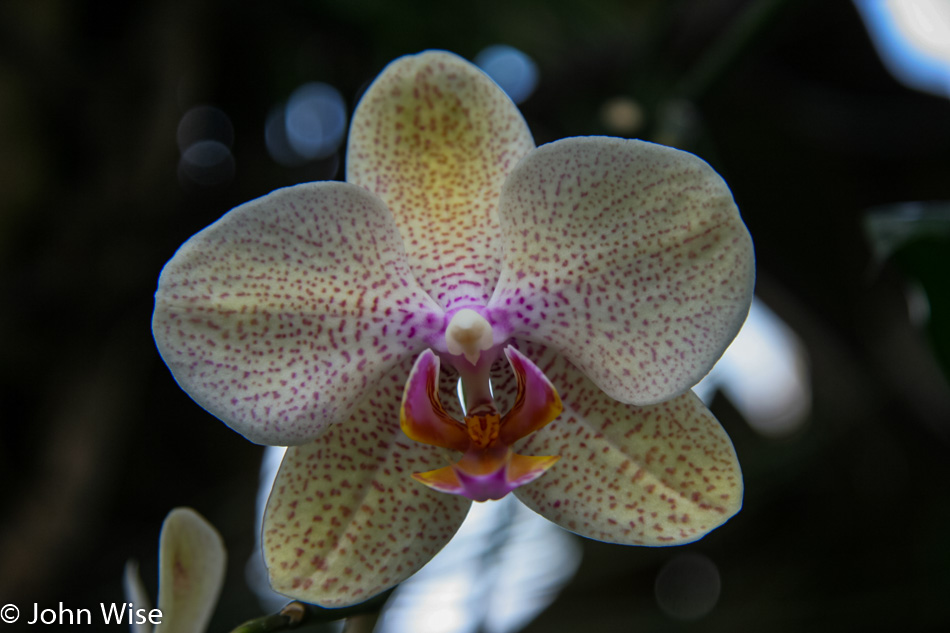
You can rest assured that I took many more photos of the orchids and had a pretty good bit of difficulty choosing just which one I’d share.
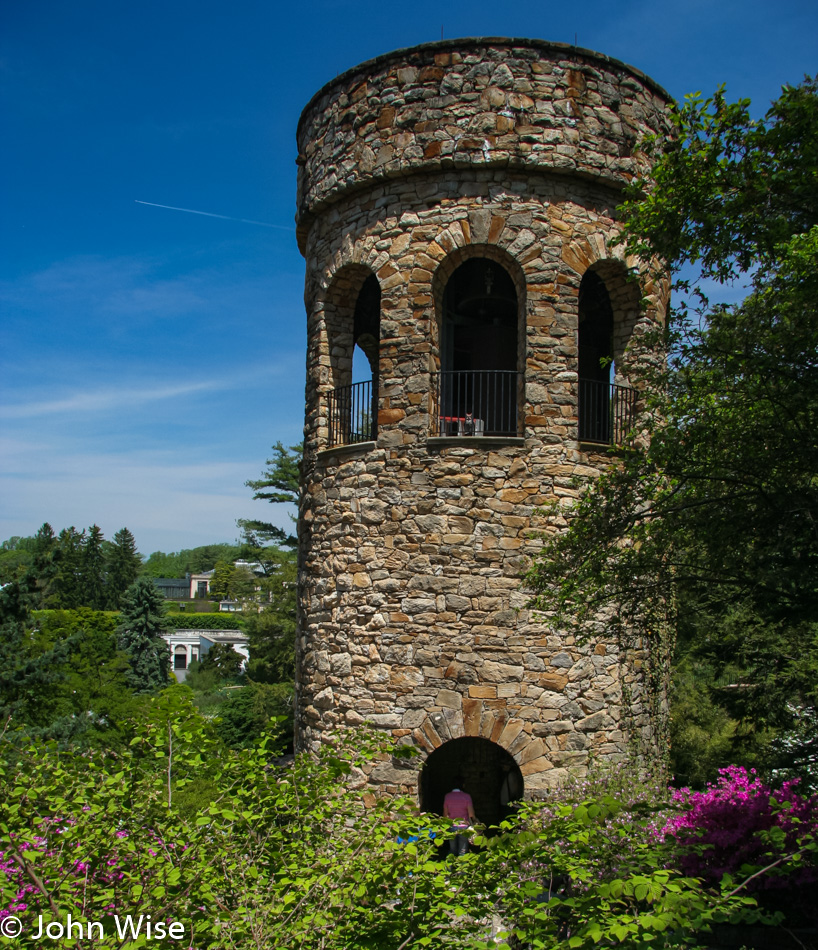
This space starts to feel infinite as everywhere we turn is another section of Longwood worthy of admiration. Like all days when we are out traveling, there are limits to how long our indulgence can last. By 1:00 p.m. we are back on the road and missing the garden.

This is the Walnut Green School in Greenville, New Castle County, Delaware. From 1808 until 1947, the school was in operation; it is now a National Historic Place.
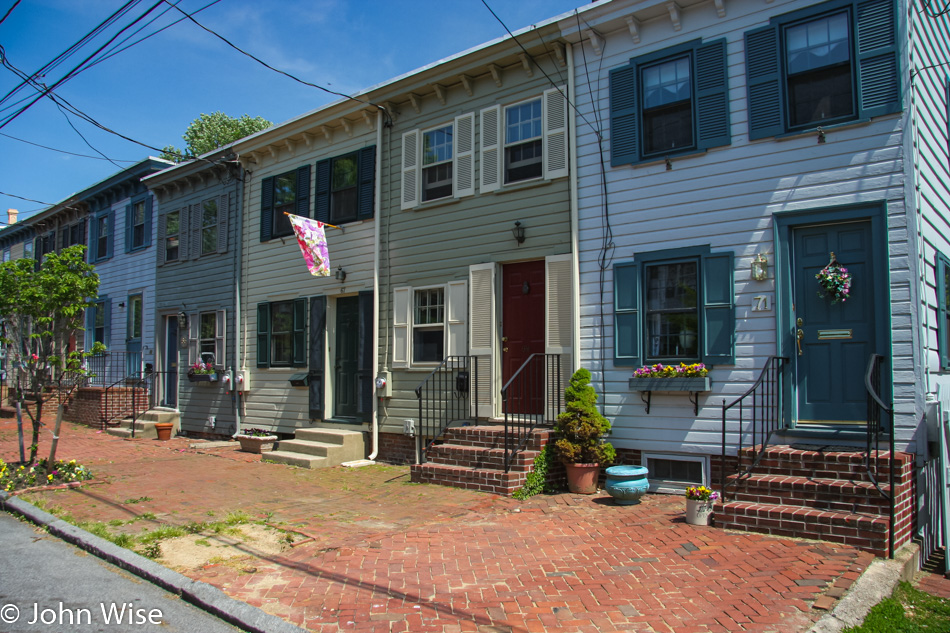
We are visiting New Castle, Delaware, this afternoon. This small town was settled by the Dutch West India Company back in 1651.
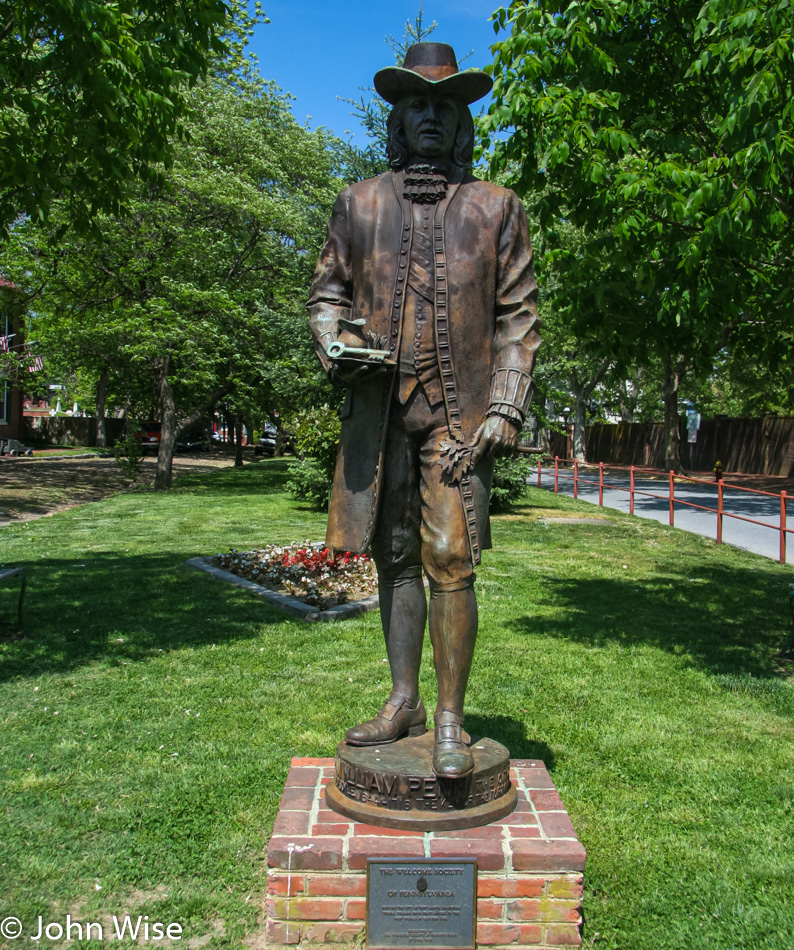
On October 27, 1682, William Penn stepped ashore here in the New Castle area. In case you didn’t know it, Pennsylvania and Delaware were land grants given to the Penn family due to debts the British government owed William’s father.
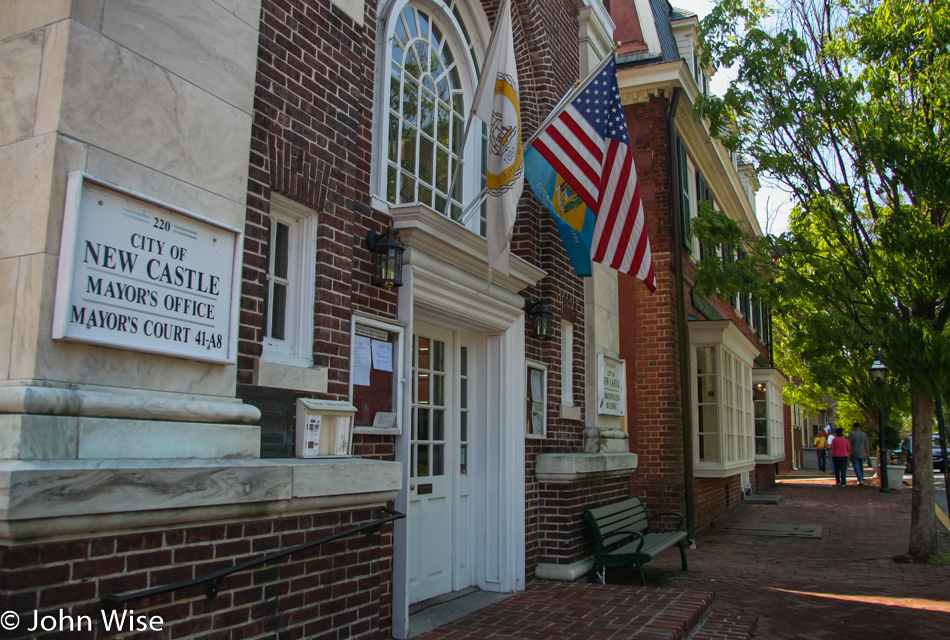
While New Castle calls itself a city, with only about 5,300 people living here, it feels more like a village than the places I’ve visited and lived in that were called cities. This National Landmark Historic Village, along with St. Augustine in Florida, Old Washington in Kentucky, and Colonial Williamsburg, should definitely be on the list of places to see America as it looked at the end of the 18th century.
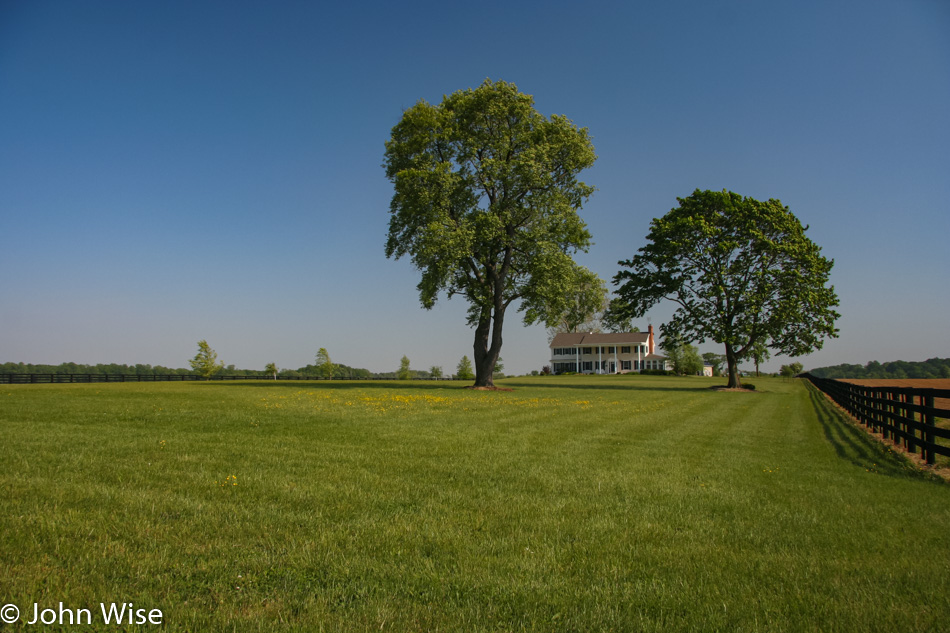
We are driving south from Kirkwood, Delaware, to Maryland, where we are heading out towards the Chesapeake Bay. As we were driving near a wetland, we spotted a bald eagle flying overhead holding a fish in its talons; sadly, there was no asking it to pause while we stopped the car to grab a photo.
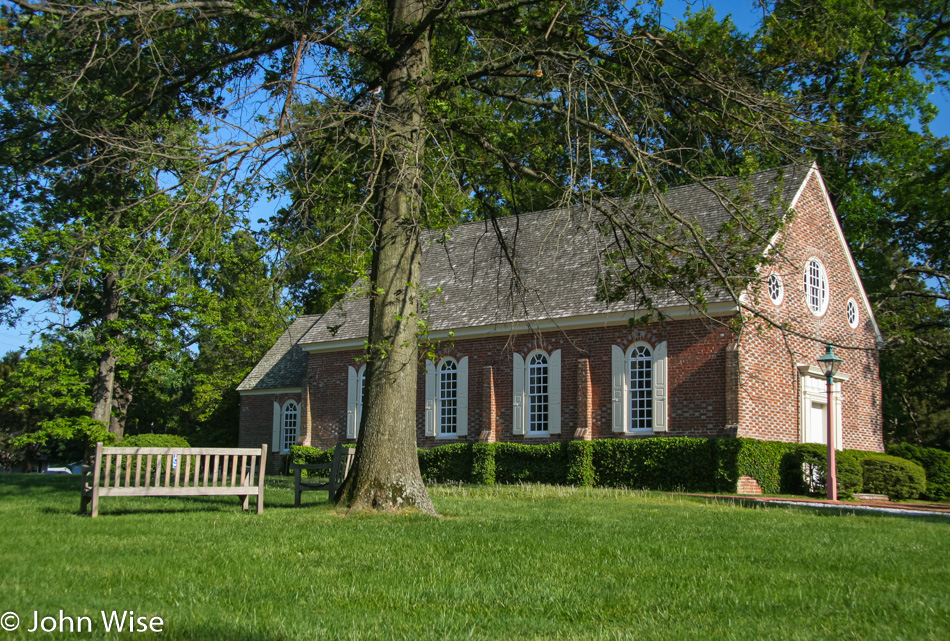
The Old Wye Church in Wye Mill, Maryland. This is the only Anglican Church remaining in Talbot County.
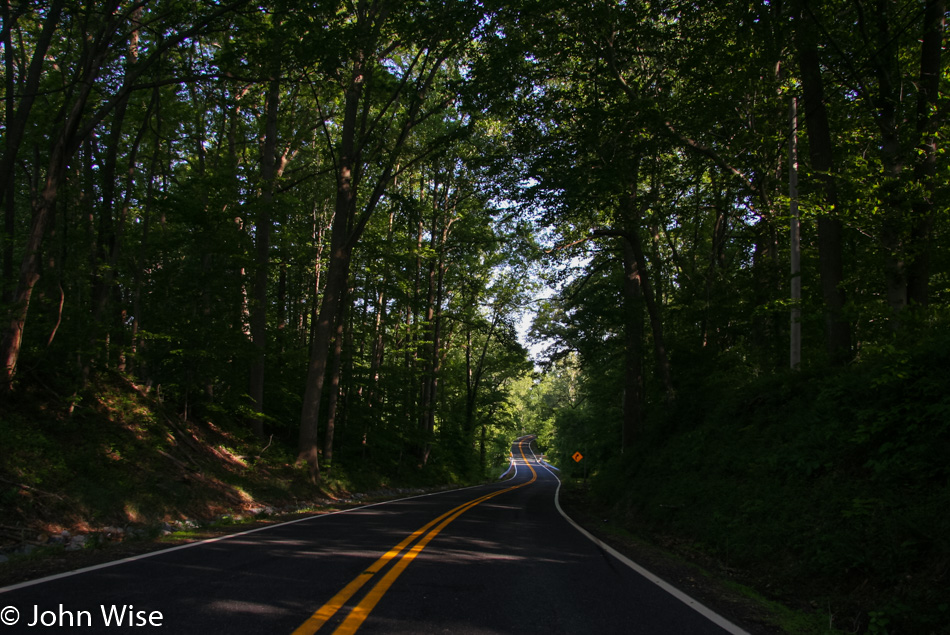
There are more than wetlands out next to the Chesapeake Bay.
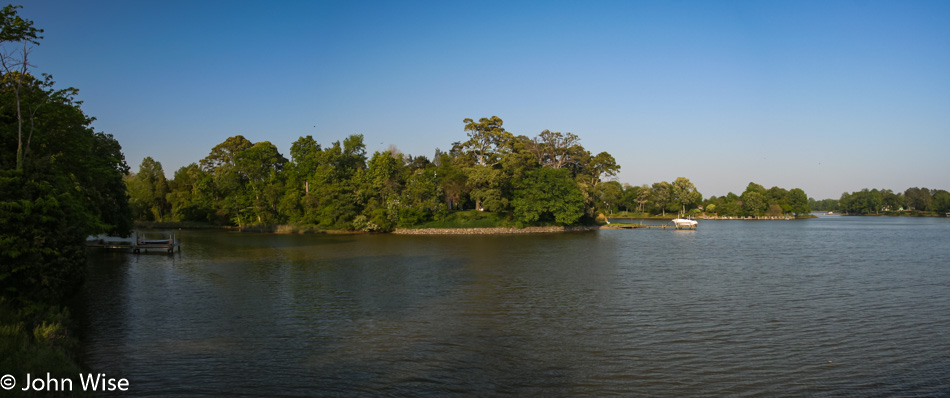
Of course, there is a lot of water, too. Sadly, there has been a good share of McMansions out this way, too, along with strip malls and all the deprivations that create modernity for those who want to see the natural beauty of the area make way for their lifestyle.
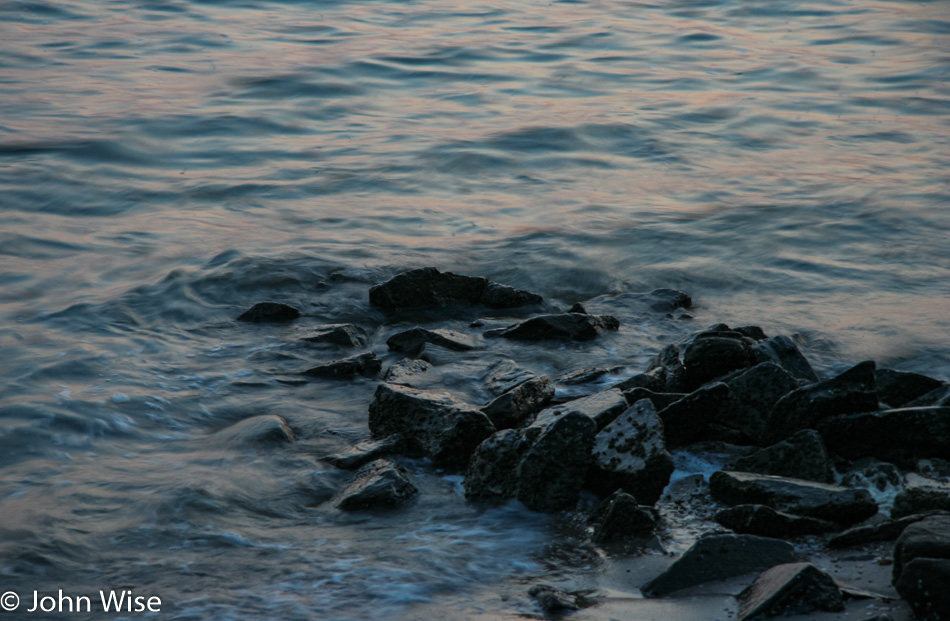
Meanwhile, quiet Oxford is still a quaint, almost remote respite next to a bay struggling to hold on to a way of life that is under threat. You should be so lucky to visit this small town to walk along the bay, have dinner at Latitude 38, get an ice cream at the Scottish Highland Creamery (they even have doggy ice cream), and catch some shut-eye followed by an excellent breakfast at the Ruffled Duck House. We did, and we look forward to the day we can come back and stay a bit longer.
